Mercusys MR70X review: the most affordable Gigabit router with Wi-Fi 6
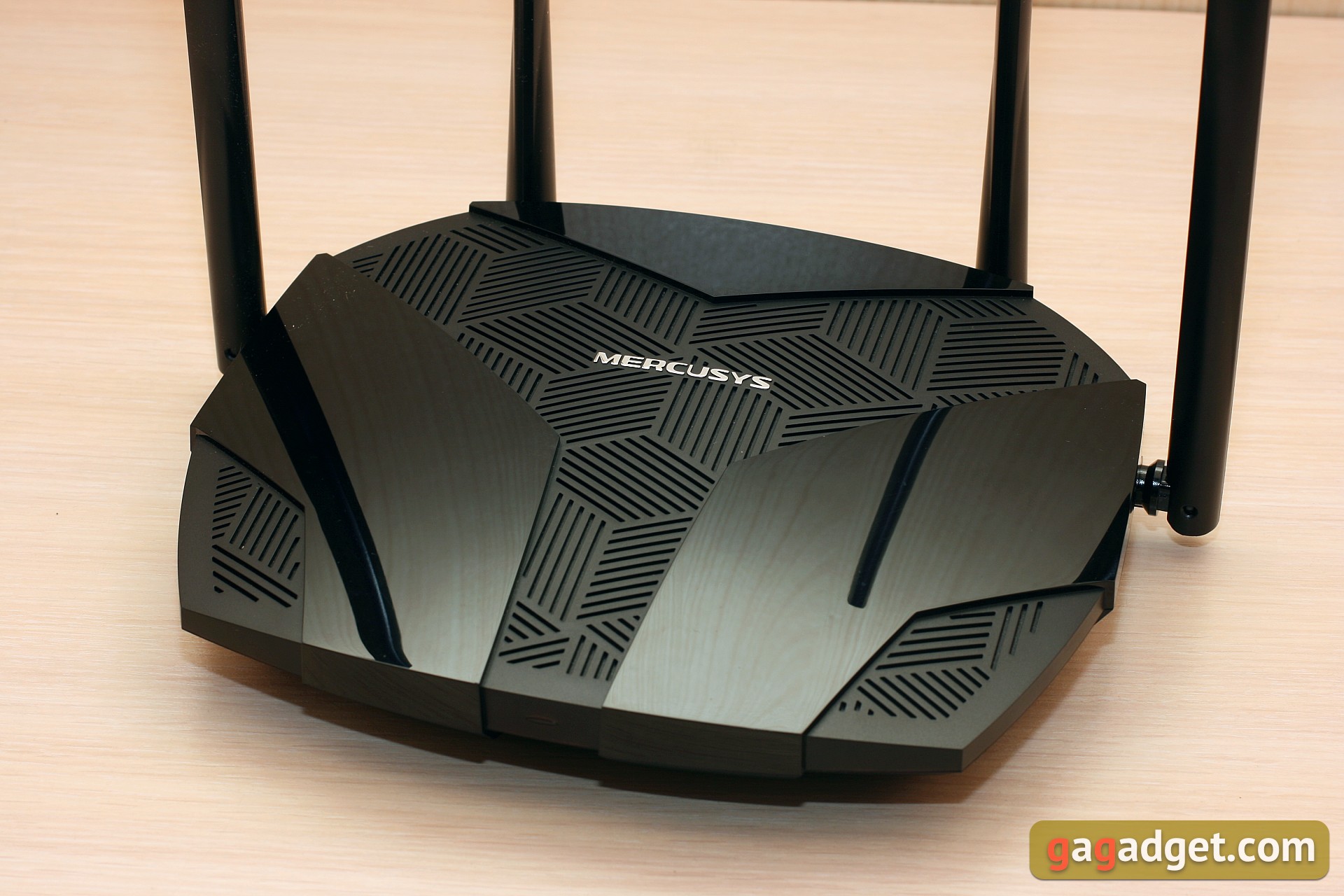
Mercusys MR70X looks very good, both inside and out. Both in terms of speed and appearance, it's hard to say that this is an inexpensive mass-market router. The control interface is modern and functional. I probably expected much less. Of course there are many things to complain about: from lack of USB to impossibility to mount it on the wall. But taking into account the price category it is not critical. The closest competitor - Xiaomi Redmi AX5, he slightly more expensive, but also has only three ports for wired clients, the absence of USB and the same communications standard AX1800.
4 reasons to buy Mercusys MR70X:
- support for Wi-Fi 6 and high performance;
- Gigabit Ethernet ports;
- user-friendly control panel with many settings;
- three-year warranty (competitors in this segment it is less).
3 reasons not to buy Mercusys MR70X:
- you need the ability to connect USB drives;
- need more than three LAN ports;
- have special requirements for speed or functionality.
Been waiting for available routers with Wi-Fi 6? You've waited! Looks like the more expensive brands have already taken the first cream off the market. And in the new niche, some "workhorses" with no extravagances and with a good price to features ratio have stepped forward. Mercusys MR70X at the moment looks the most affordable router with Wi-Fi 6 support in the Ukrainian market. At the same time, it is equipped with gigabit ports, understands the modern technology Beamforming, OFDMA and MU-MIMO, has IPTV settings and parental control. On the other hand, there are only three LAN-ports, no USB support and some demanding users can lack the functionality.
What is in the box?
The package contents are traditional for most of the present day routers. The device itself with fixed antennas, the power adapter, one meter Ethernet cable, a manual, a warranty card and other stuff. The cable is not detachable from the power unit, its length is about one and a half meters. The box itself in which it is lying is quite thin and relatively compact, and all its content is placed in a molded tray made of thick cardboard.
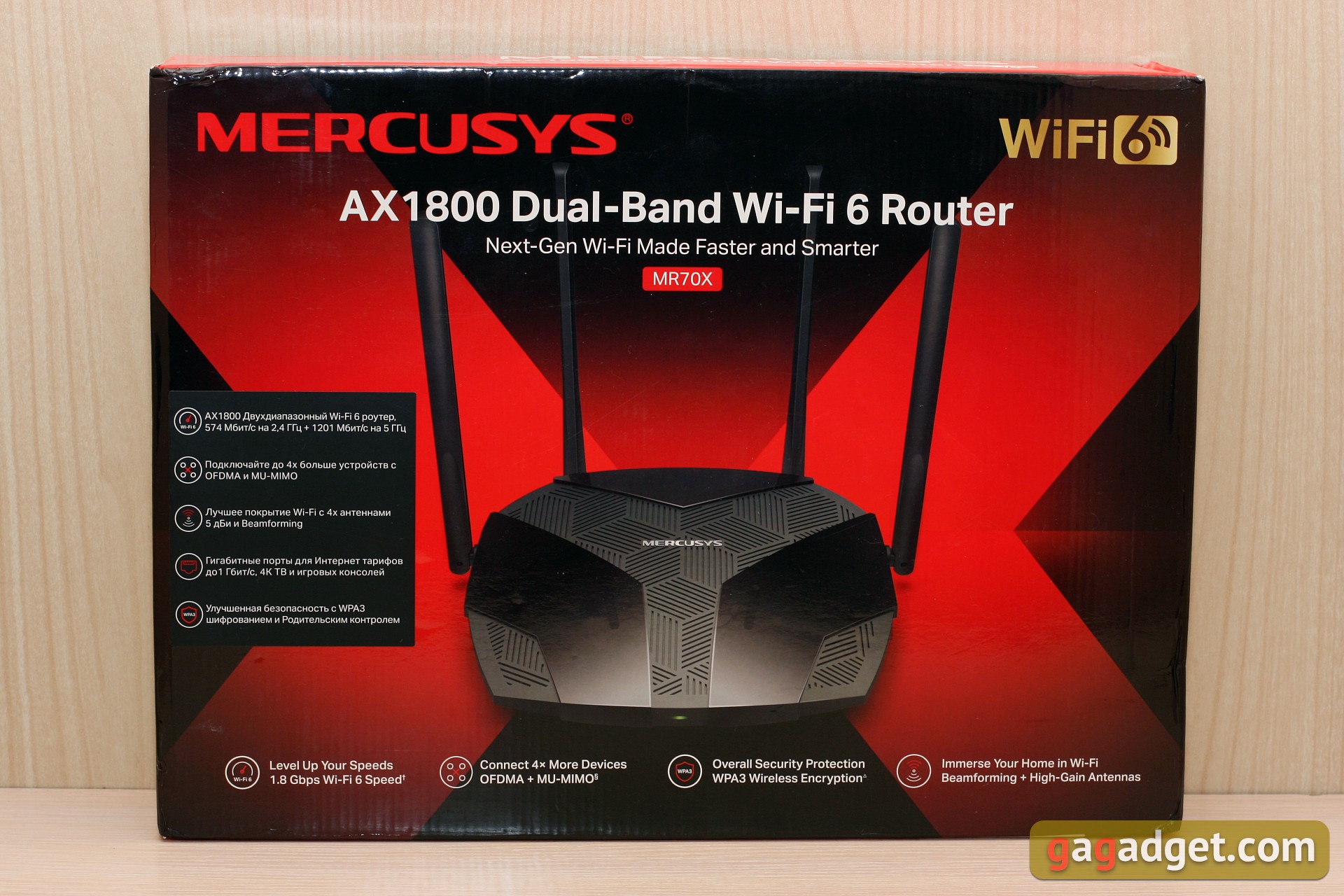
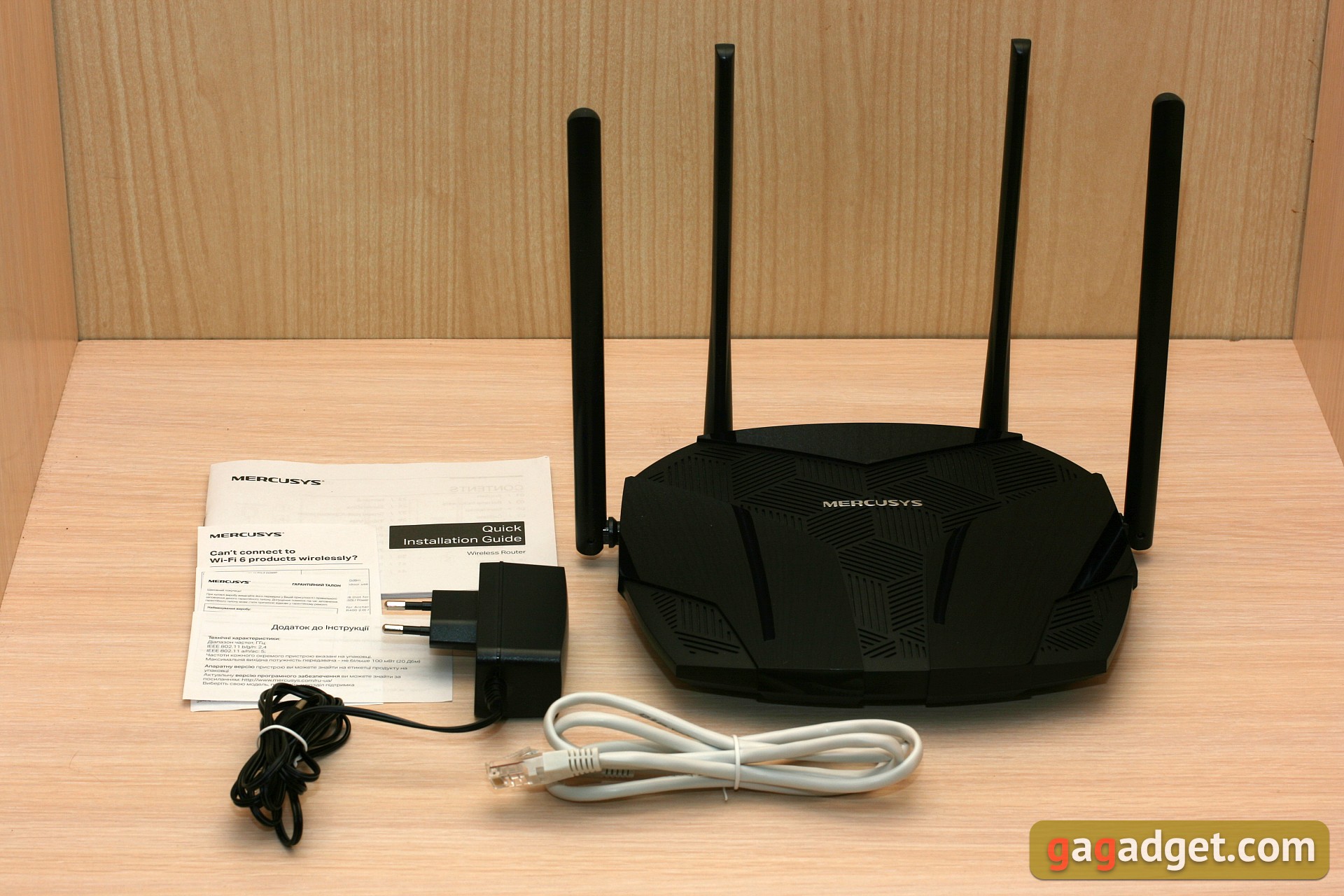
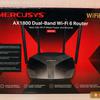
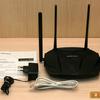
What does it look like?
It looks surprisingly spectacular. One of the most affordable devices in its class might be expected to save on detail, but it's not here. The case has an unusual shape; it is not a rectangular brick or a round plate. The aesthetics reads something between a sports car and a robot-transformer.
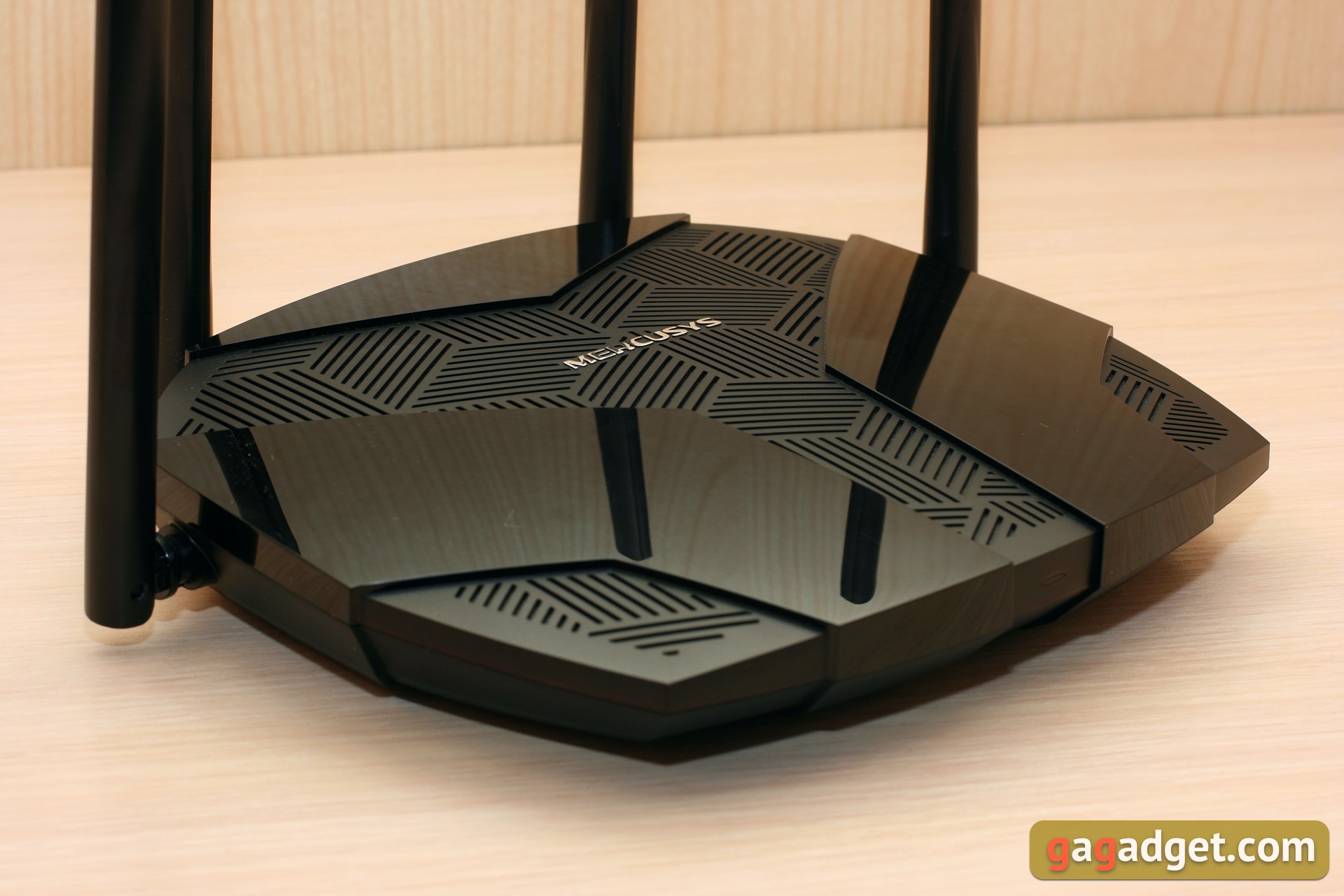
The designers have combined matte and glossy plastic in the upper panel of the device, quite a lot of space is occupied by the surface with ventilation slots, and the "chrome" logo adds chic. In detail the device looks very interesting. But the glossy surface is easily scratched, it's just plastic after all.
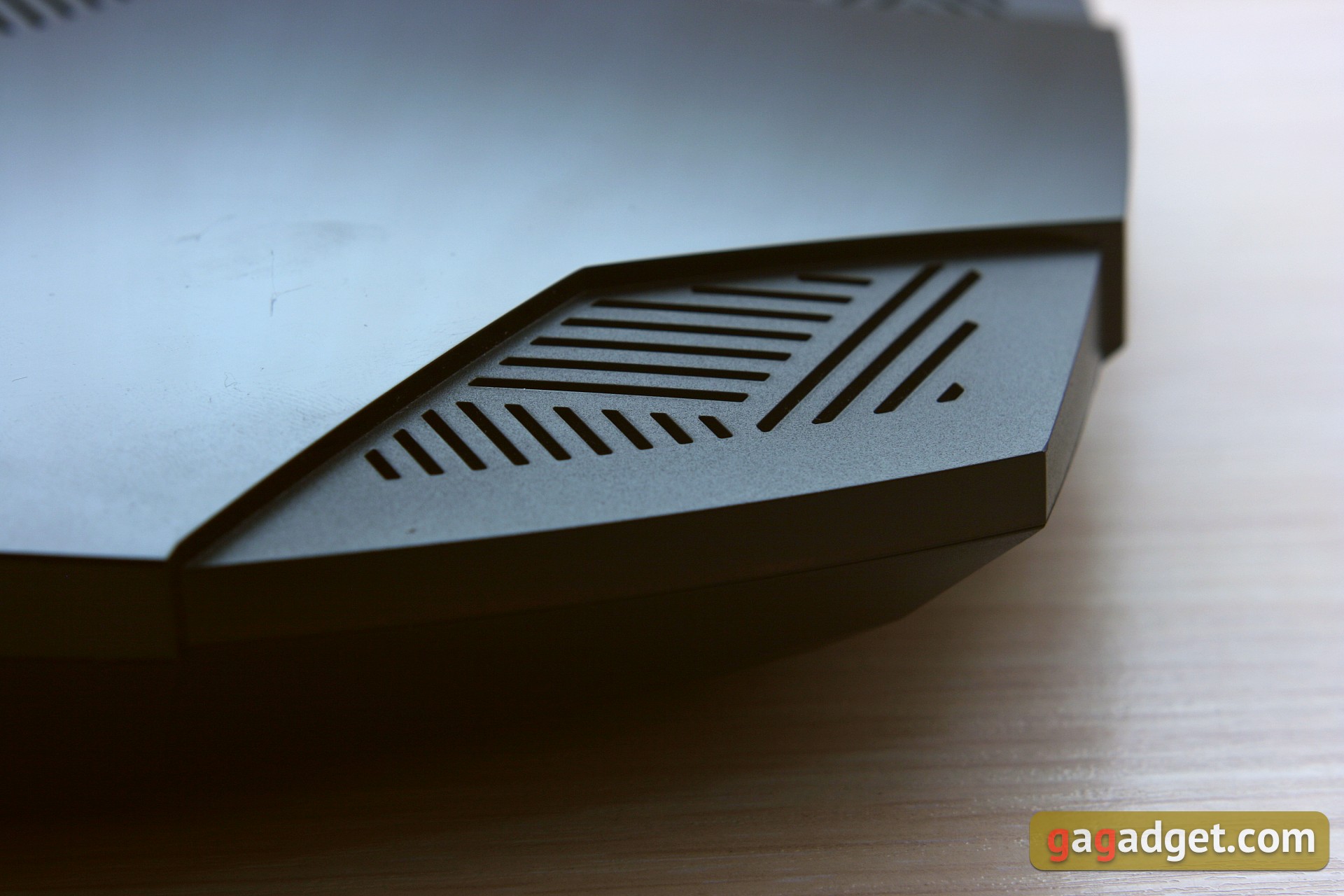
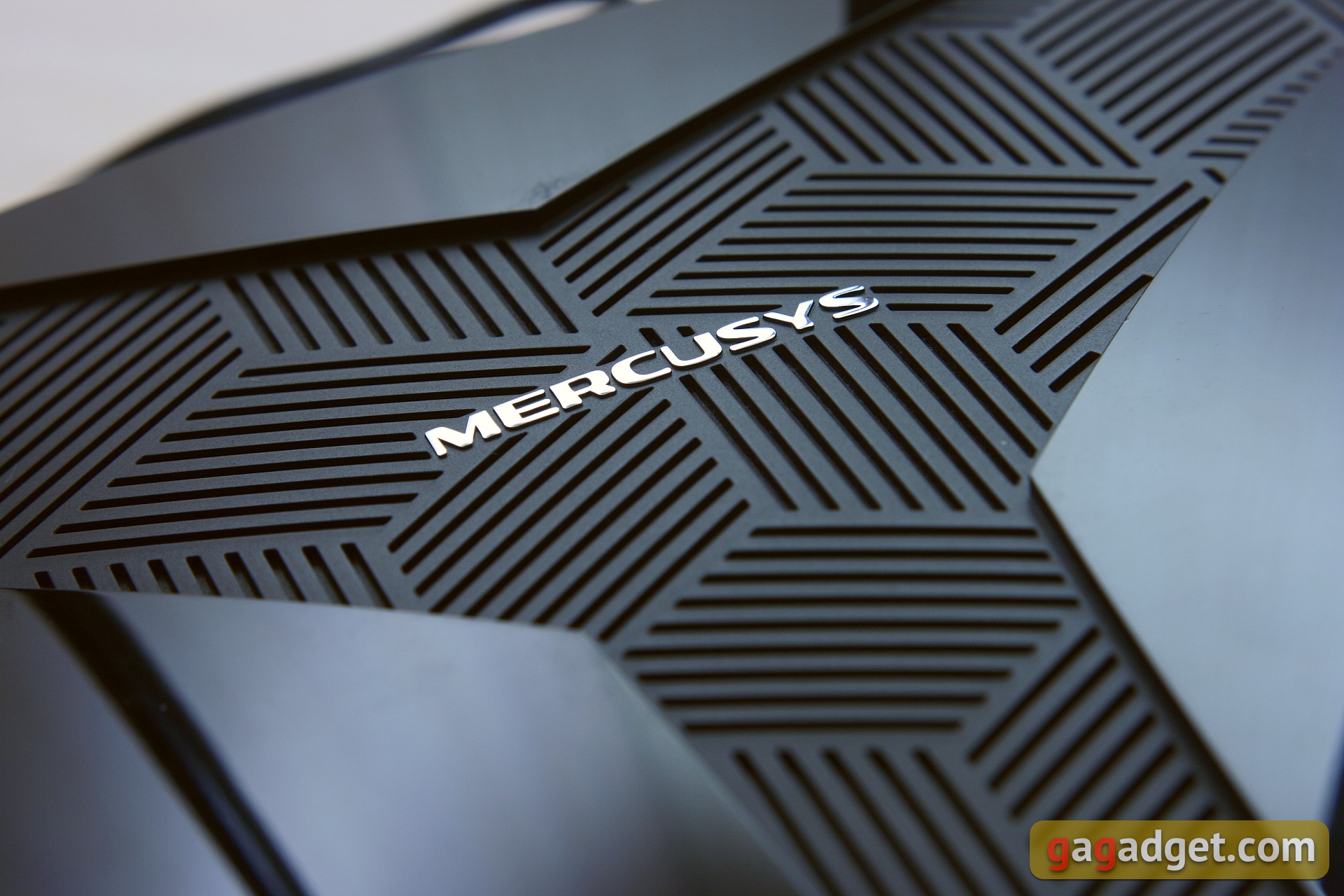

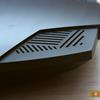
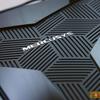
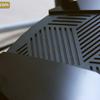
There is no front panel as such, the only "light" of this "bolide" is a LED indicator. On the one hand it is not a "box with flashing lights", but at the same time there is more information value in old routers. One indicator for each port, remember that?
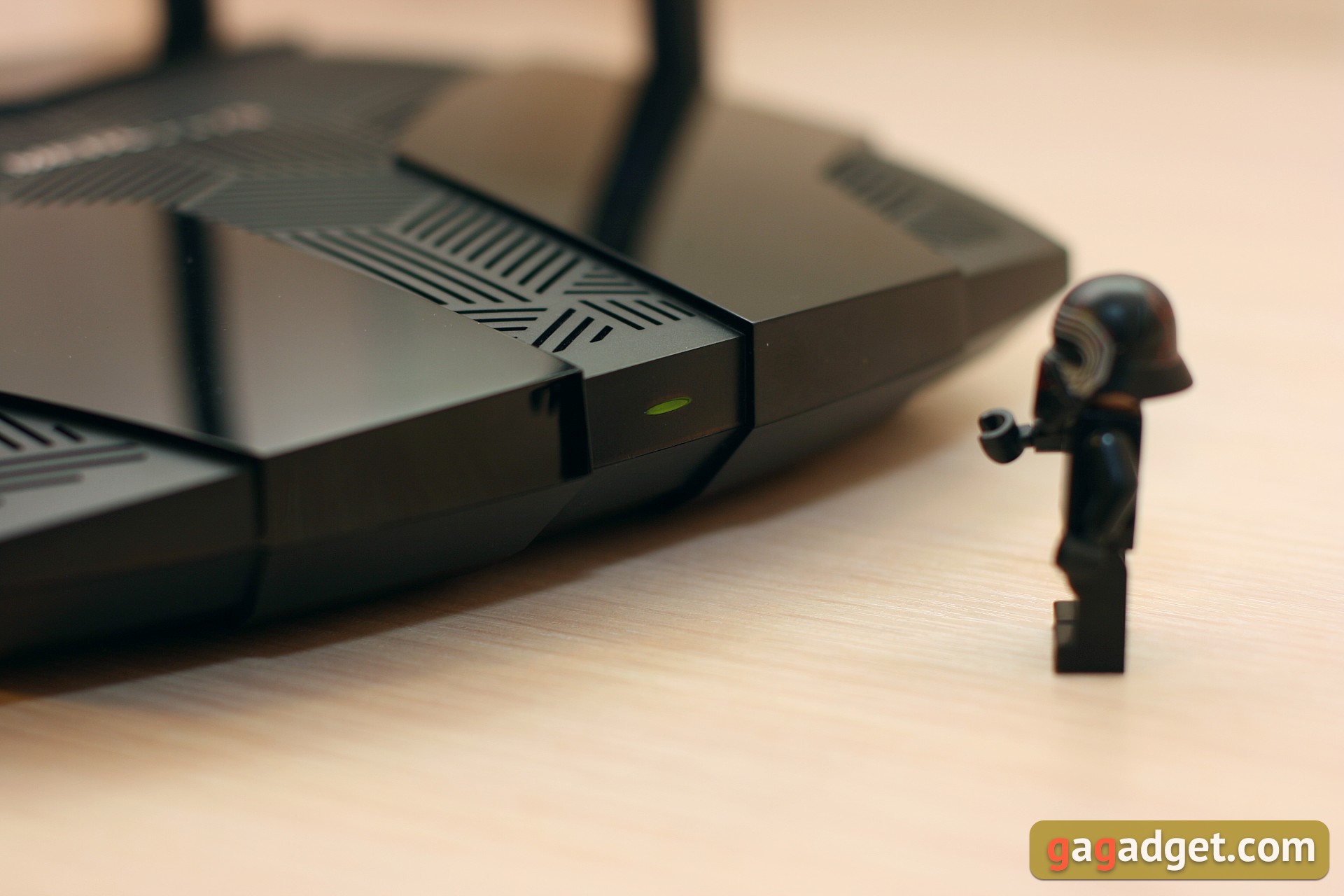
On the sides there's one antenna. Two more pieces are attached to the back panel. Between them there're four RJ-45 ports (the WAN port is colored differently), the Reset/WPS button and the power slot. There is no a separate power button. But there is a separate activity indication for each port in the form of a small LED, as we just recalled.
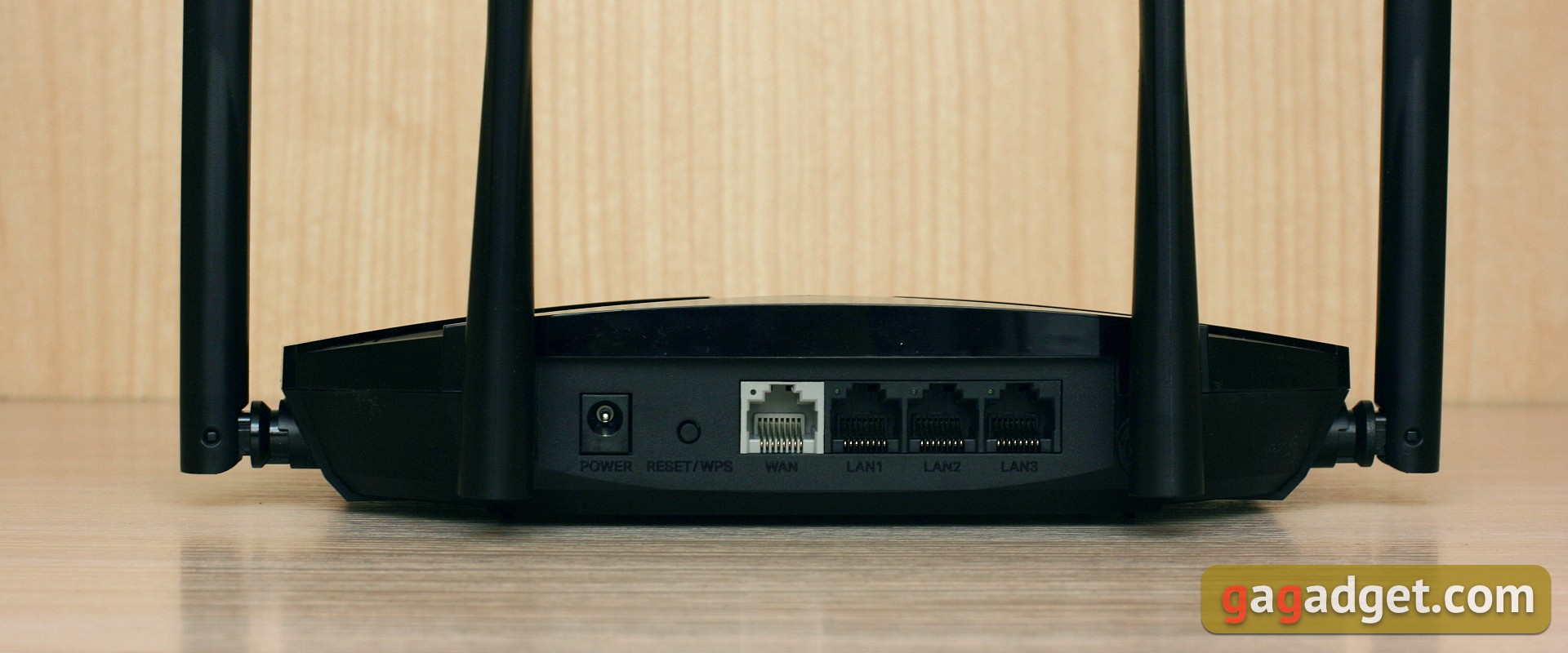

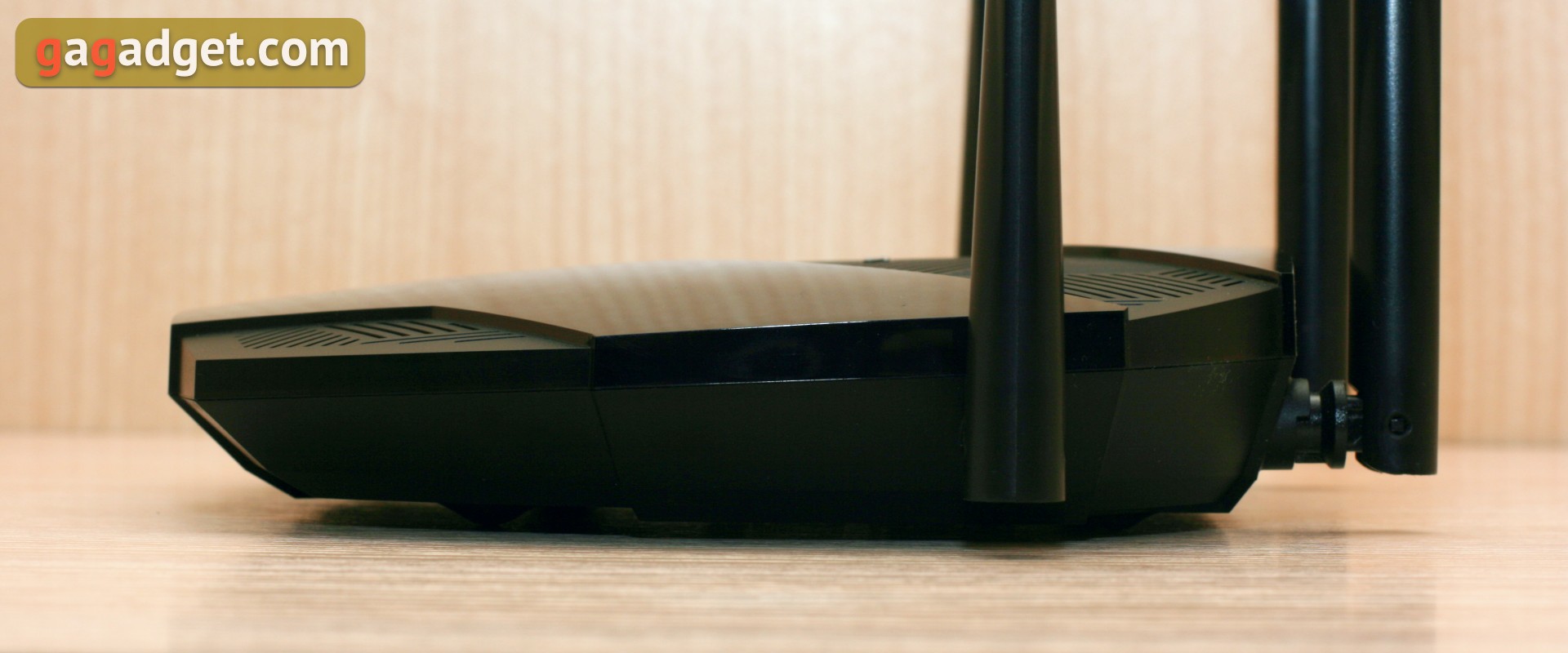
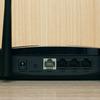
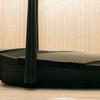

The antennas are not removable, but they have a 180-degree swivel and a 90-degree tilt mechanism and are covered with a mat plastic. The lower panel of the router is made of the same material. There are a lot of ventilation slots on it, there are legs for level positioning on the surface (but without any anti-slip pads). Unfortunately, the possibility to mount it on the wall is not provided, which is a pity, as Mercusys usually takes care of it. In the center of the bottom panel there's an important sticker with the password and the name of the default access point.
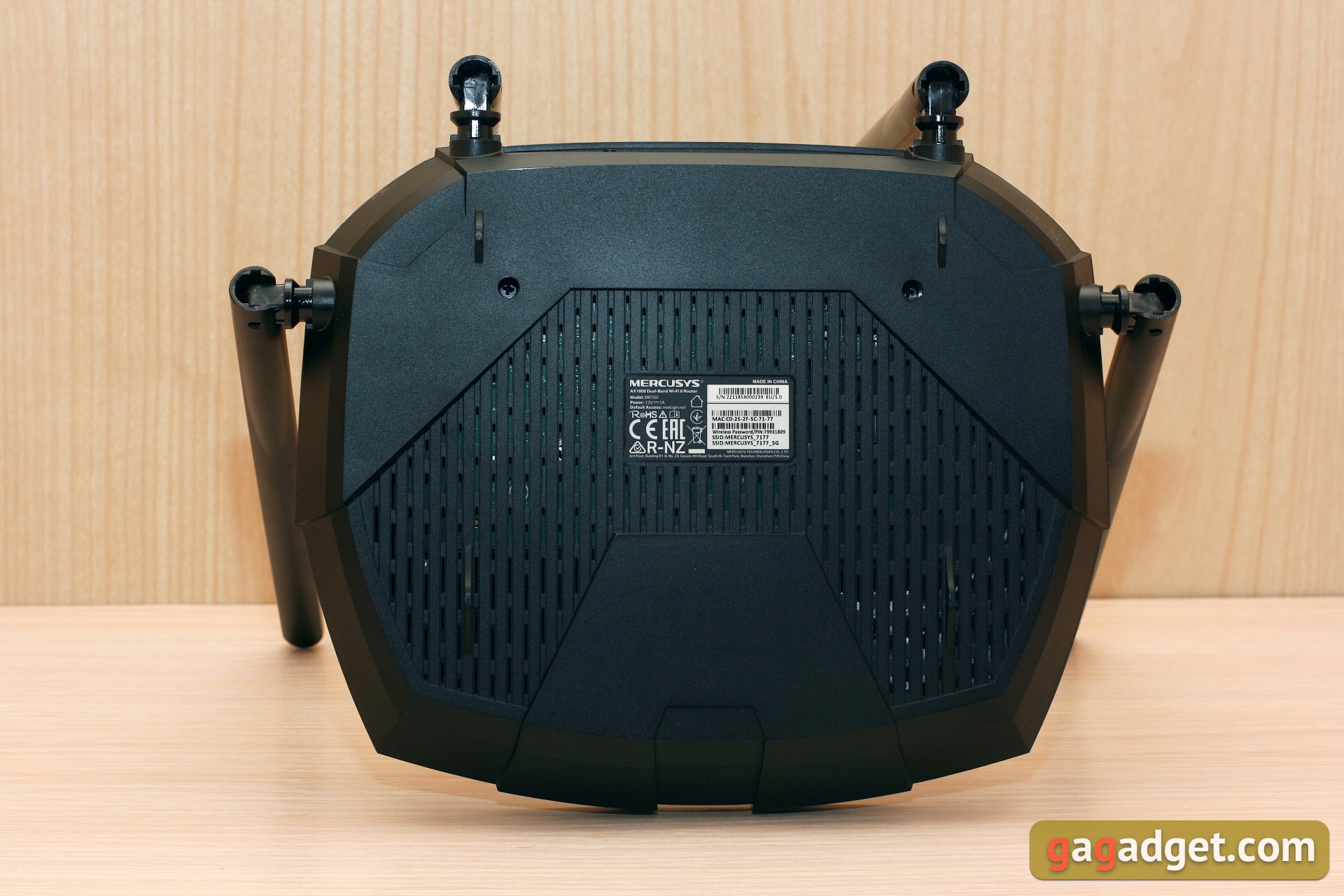
How to connect and configure?
It's really simple. You don't need any apps or accounts. Just connect the router to an internet source (like a modem) and turn on the power. From that point, you can go to your new device's wireless network. The connection details are on that sticker on the bottom of the router. Once you are connected, go to http://mwlogin.net on your computer or smartphone and follow the instructions of the initial setup wizard.


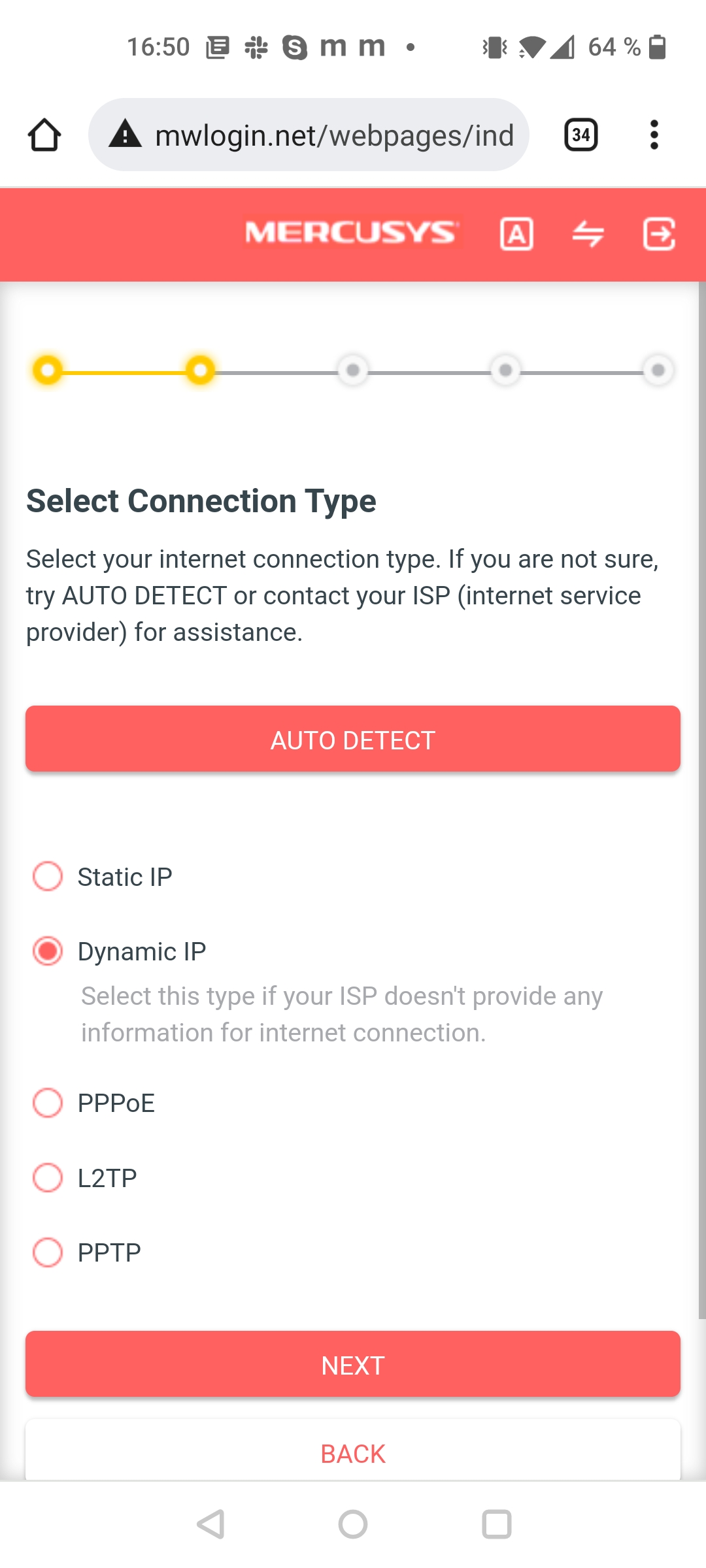



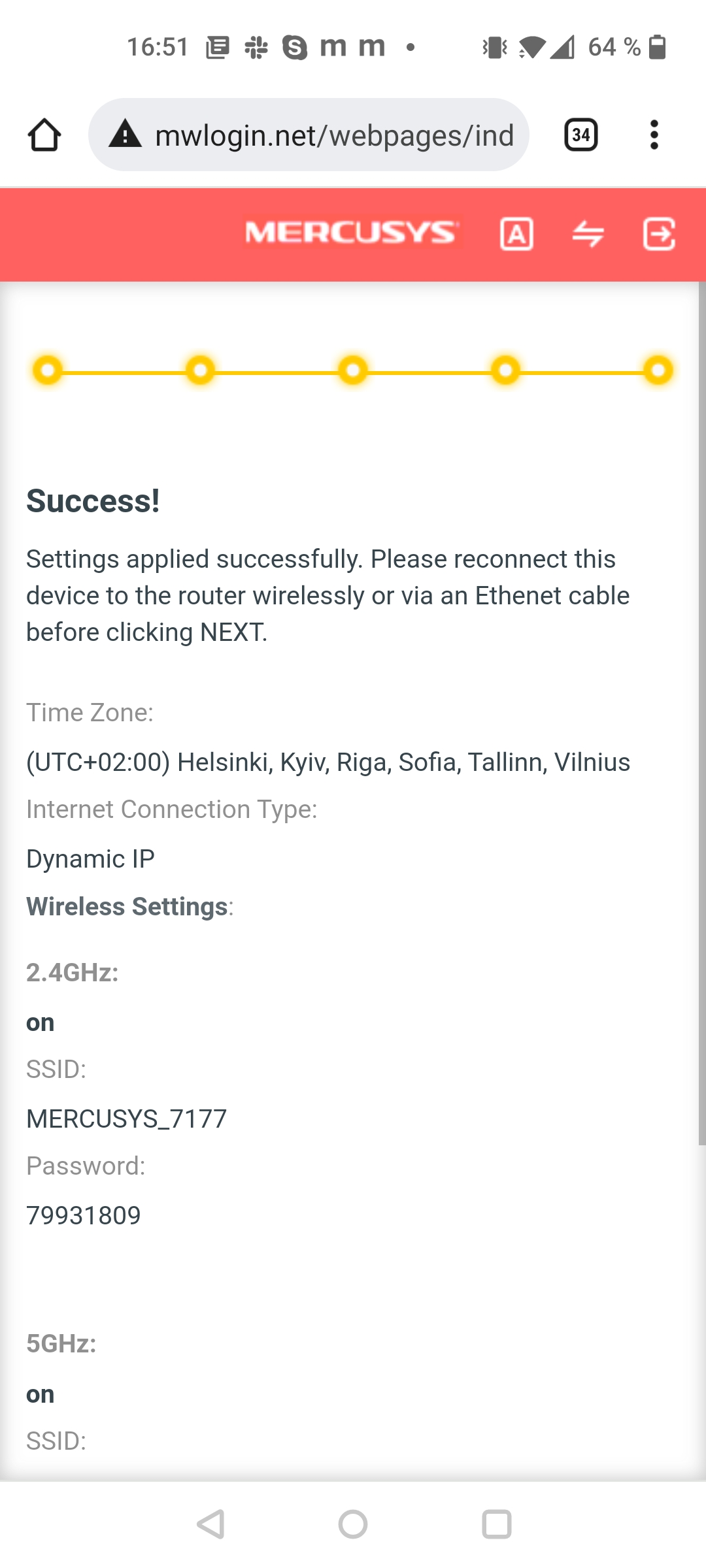




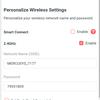


As we see, in most cases it is enough to choose default values. We will be offered to set a password for access to the control panel, time zone and connection type. You can immediately think up your own names for the wireless networks or clone the MAC-address, if it's strictly specified by the provider. That's all there is to it - the wizard will tell you about successful configuration.
What can it do?
As any router Mercusys MR70X can send the Internet via a wireless network and it supports Wi-Fi 6. If you (well, maybe) are new to this name, let me remind you that it was decided to call the new standard IEEE 802.11ax in such a simple and clear way. Correspondingly, the previous standard 802.11as was codenamed Wi-Fi 5, the 2009 standard 802.11n was codenamed Wi-Fi 4, and so on down the line. To keep it simple, here are the main differences between the "six":
- higher data transfer speeds;
- improved work with more devices;
- lower power consumption (important for mobile clients).
The hero of our review can do it all. The total speed in all bands is up to 1,8 Gbps (more on that later). Multitenancy optimization is achieved via MU-MIMO and OFDMA technologies and energy saving is optimized via Target Wake Time. It also features Beamforming, a wireless signal shaping method that allows for optimal coverage. If your old router had two separate names and passwords for the 2.4GHz and 5GHz bands and that was annoying, you'll love the Smart Connect feature that combines both networks under one SSID.

What can't it do?
Miracles don't happen, devices in this price range have their limitations. The first thing that catches your eye is the modest back panel, which has only three ports for connecting wired devices and no USB. If you need to connect more than three computers (or other equipment of the same amount) exactly by cable, you'll have to use additional hubs.
What does this look like?
Let me start by saying that is (we're talking about the settings panel) looks equally good in a desktop browser and on a smartphone. The web interface of the control panel is adaptive and easy to use. But there's no mobile application and corresponding cloud service for router management.
What can be seen and done in this interface? Let's have a look. The "Network Scheme" section contains general information. Whether the internet is working, whether the wireless channels are on, whether wired clients are active, how much CPU and memory are loaded. There is also a detailed list of clients (i.e. devices connected to the network via the router).
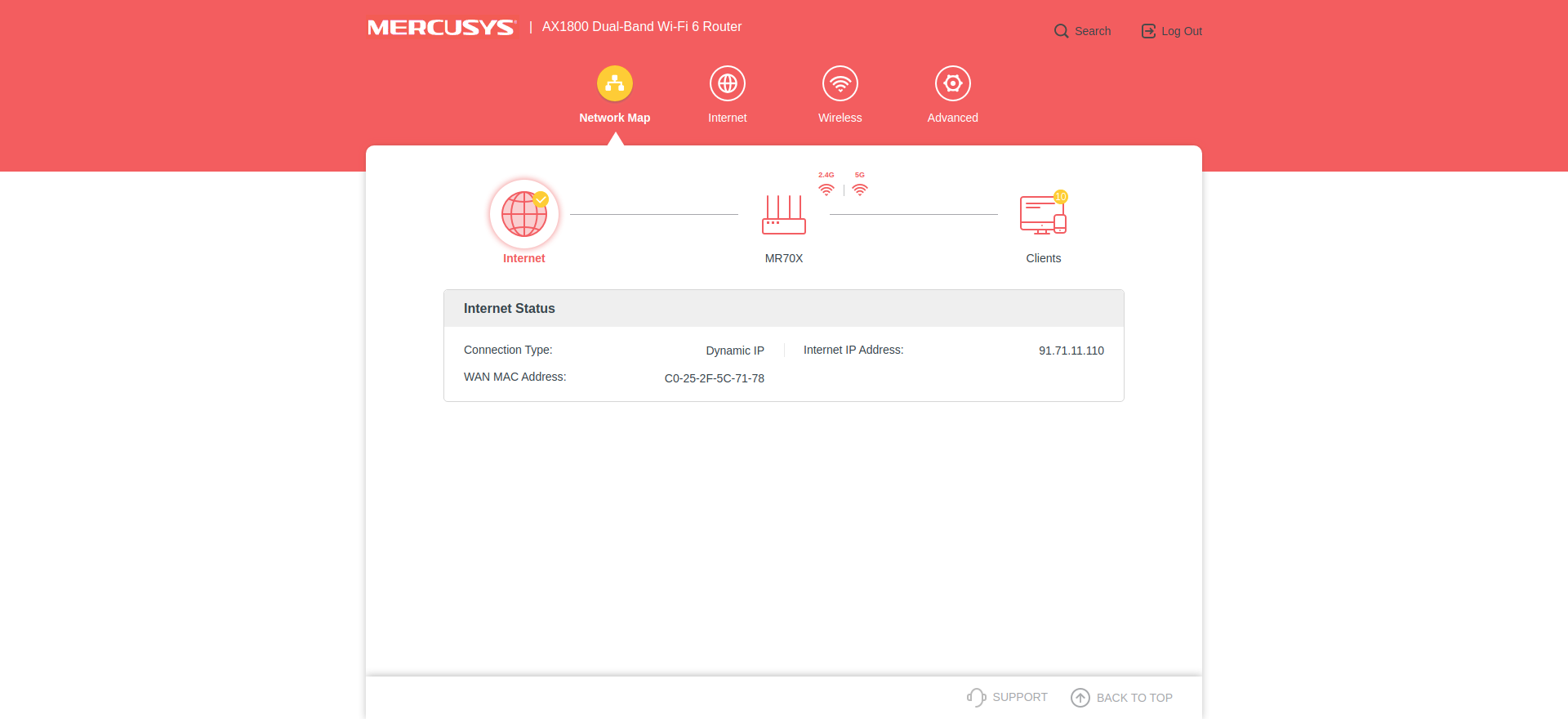

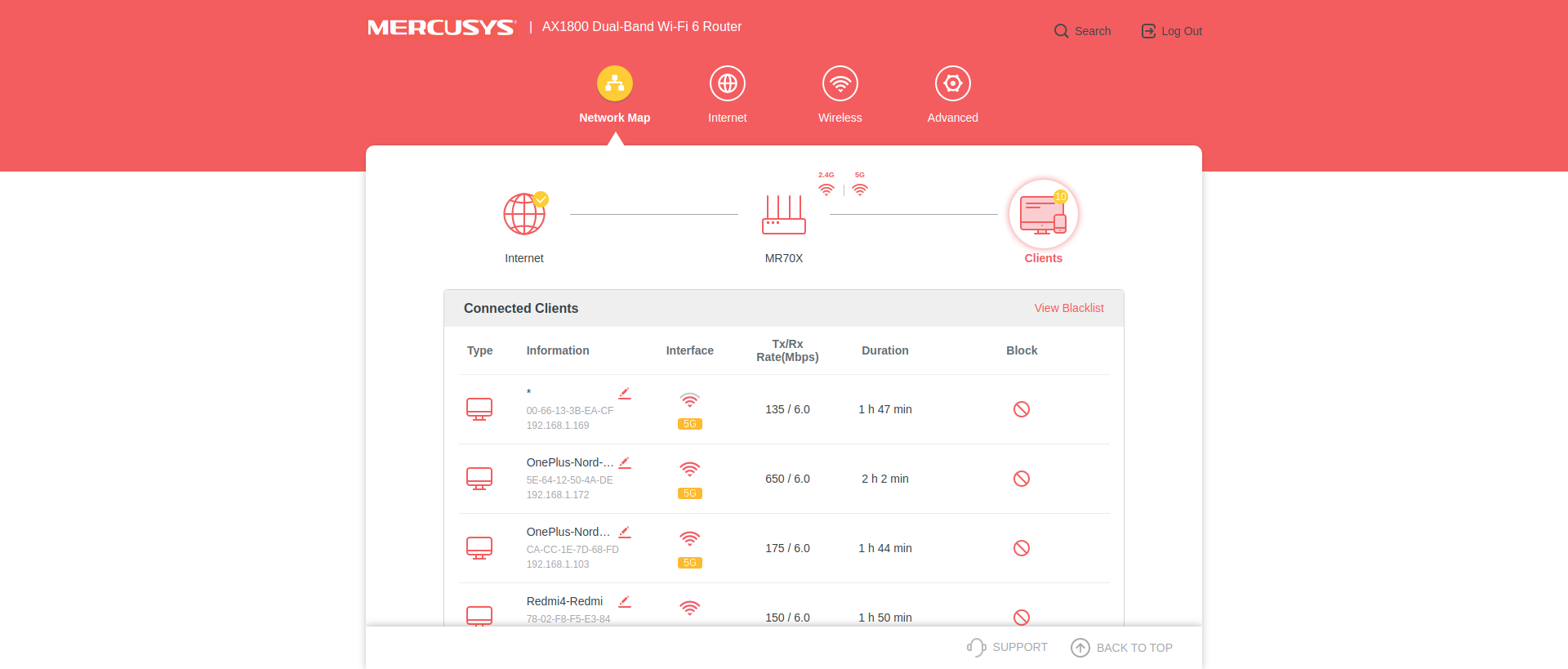

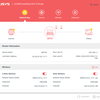

In the "Internet" section one can change the connection type and MAC-address, and in the "Wireless Mode" section one can configure the parameters of the wireless networks: names, passwords, guest networks and Smart Connect.
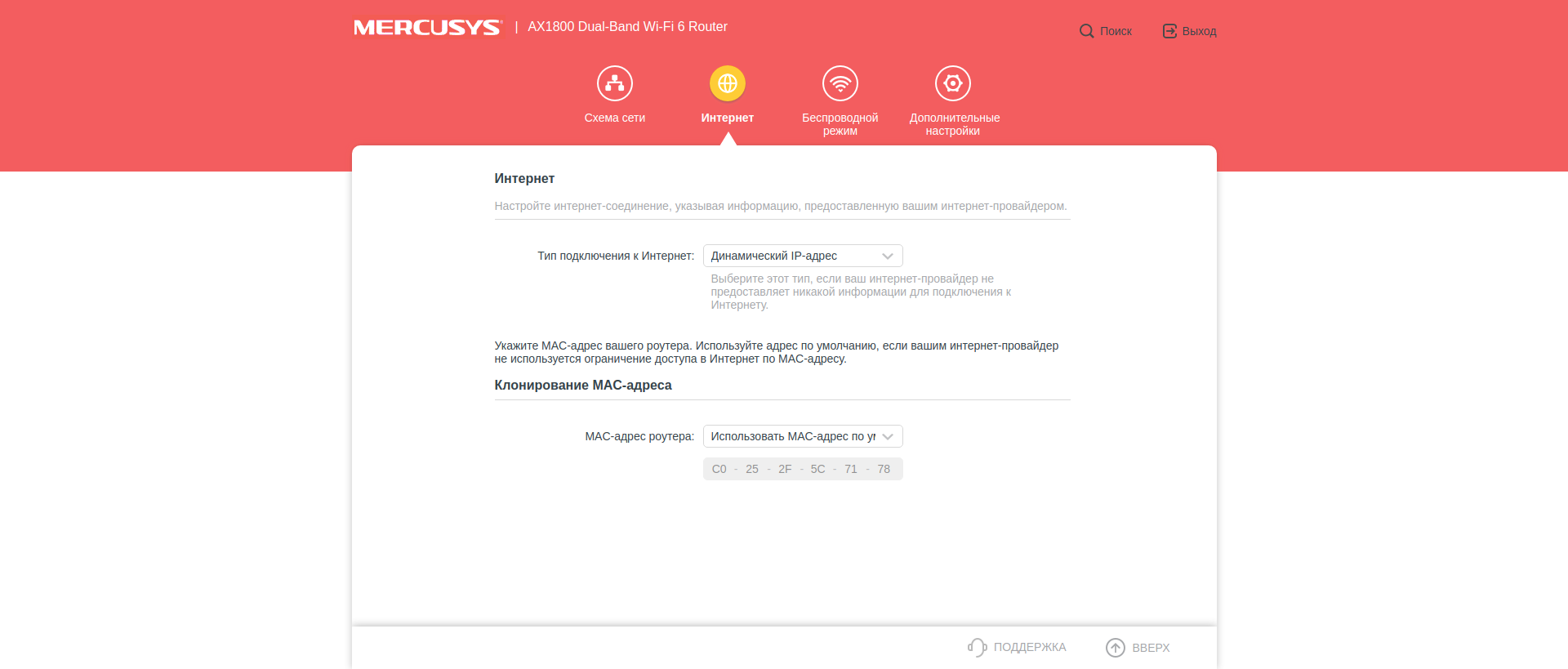
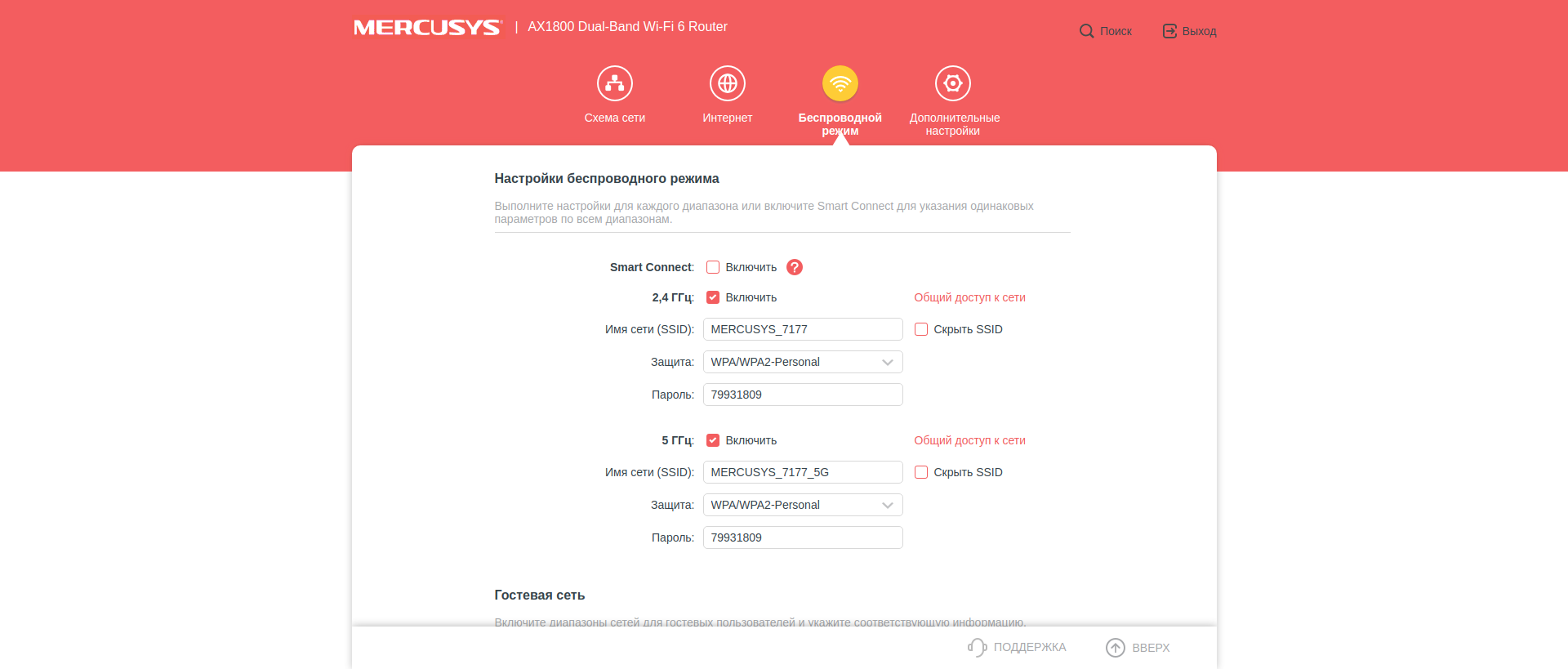


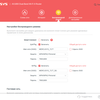
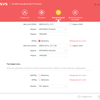
The "Advanced settings" section is quite rich in these very settings, but the functionality could have been less in a low-cost router. Its content is divided into several sections. The Network section besides standard network settings we have already seen allows configuring DNS, DHCP, IPTV/VLAN and static routes. If you wish it is possible to assign a fixed IP-address to the device with a certain MAC-address.
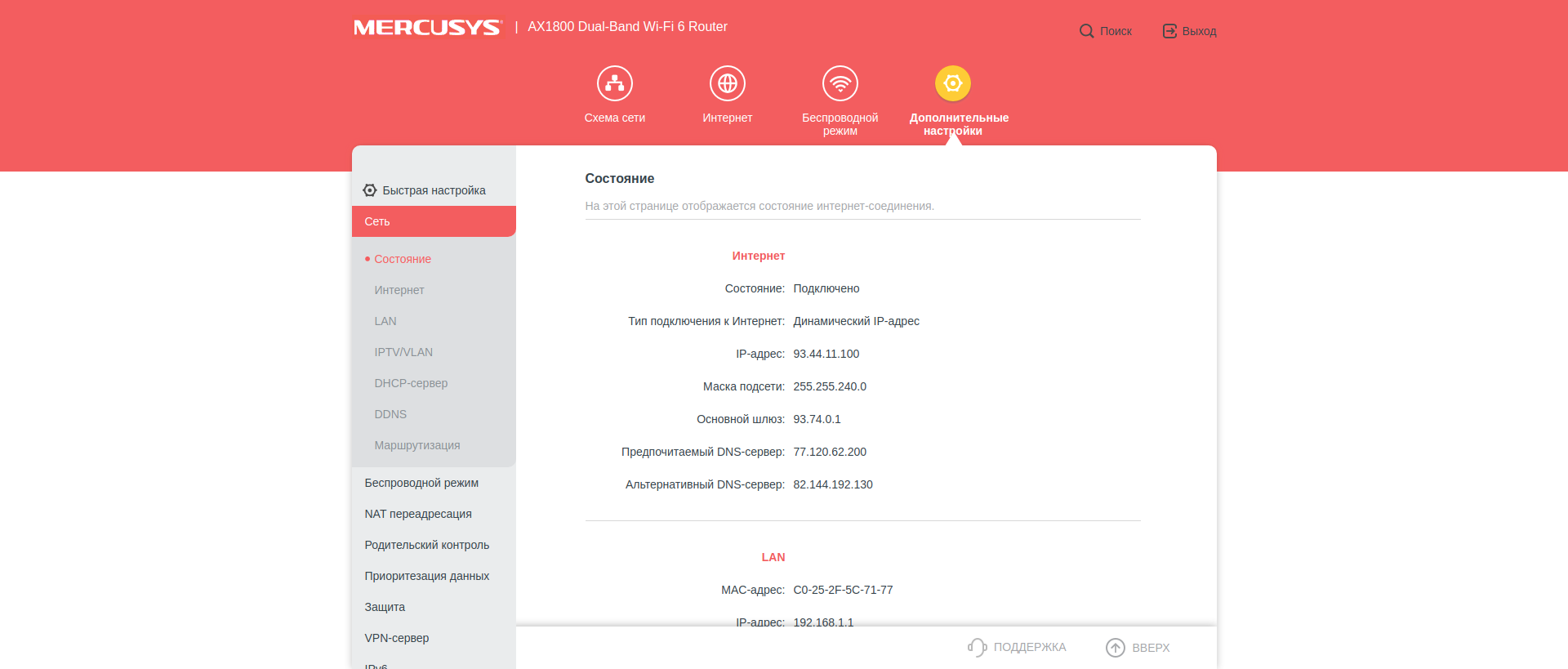
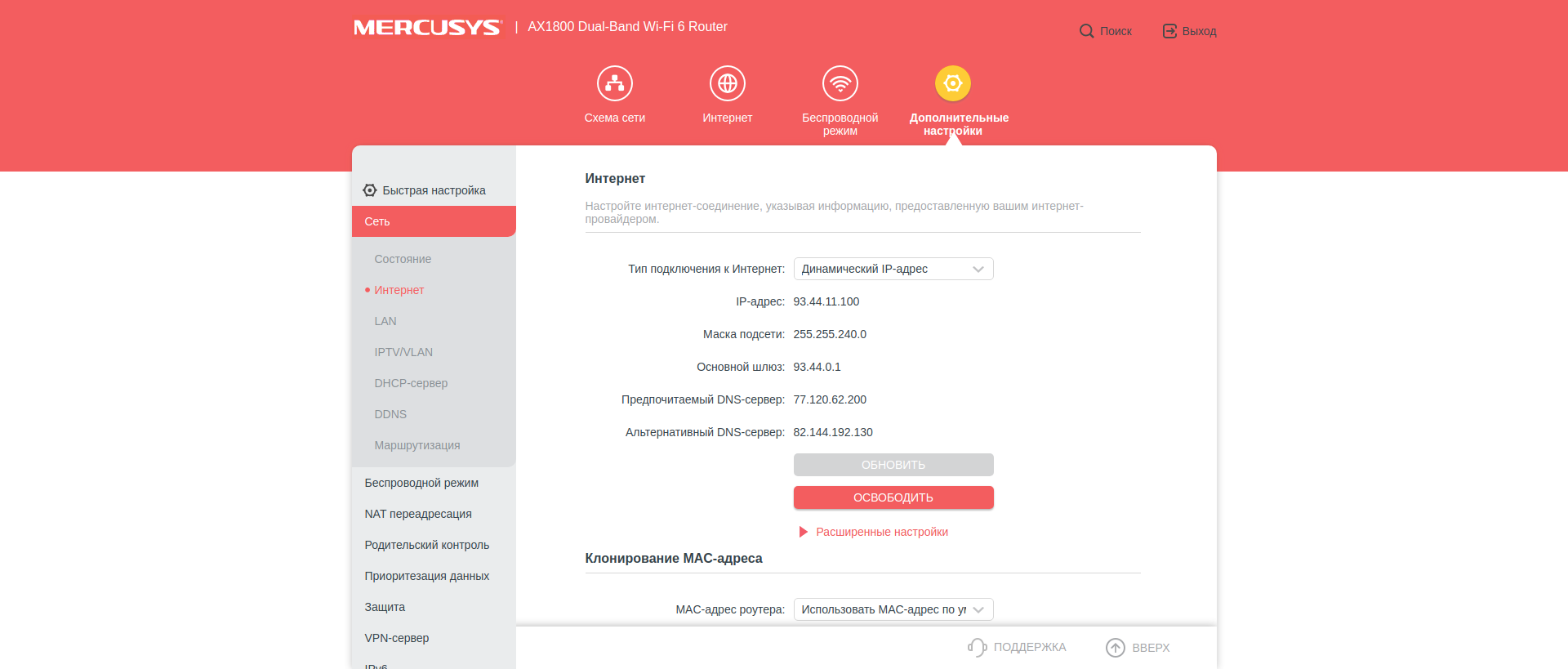
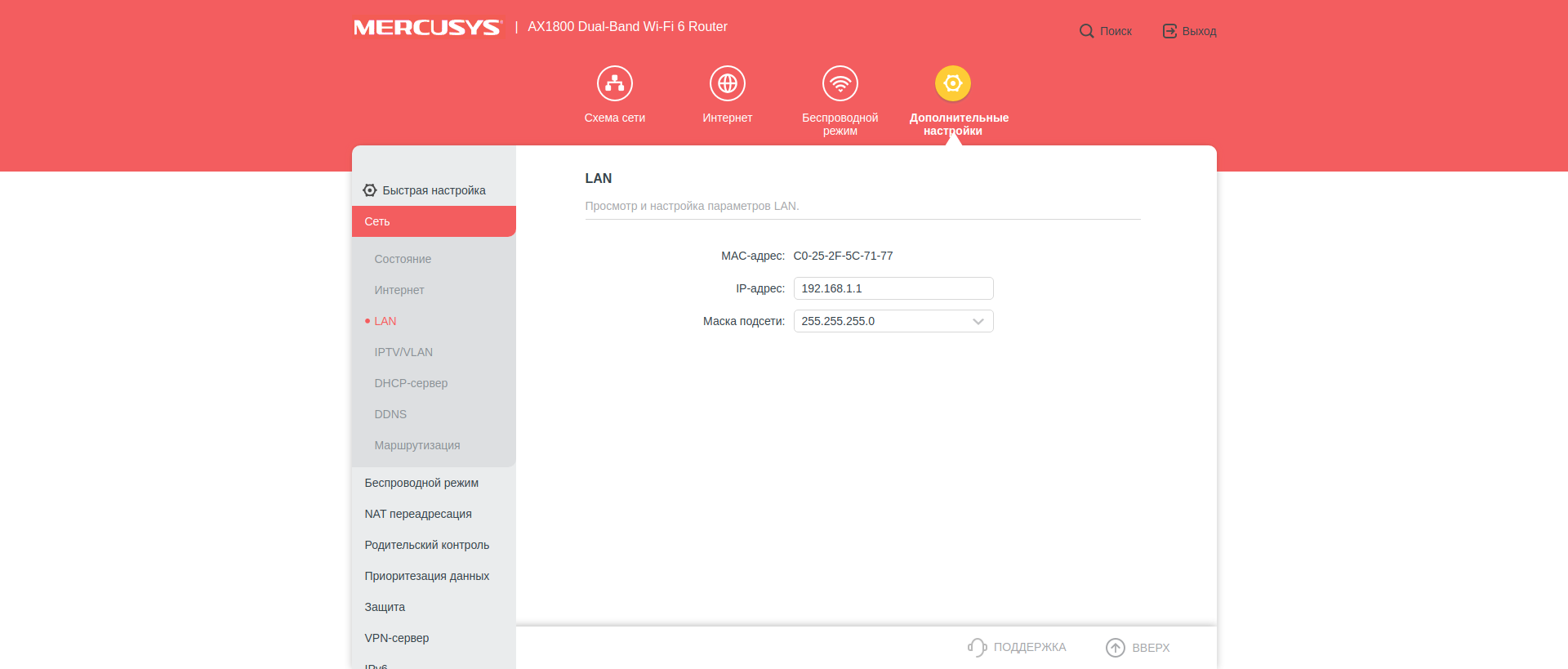
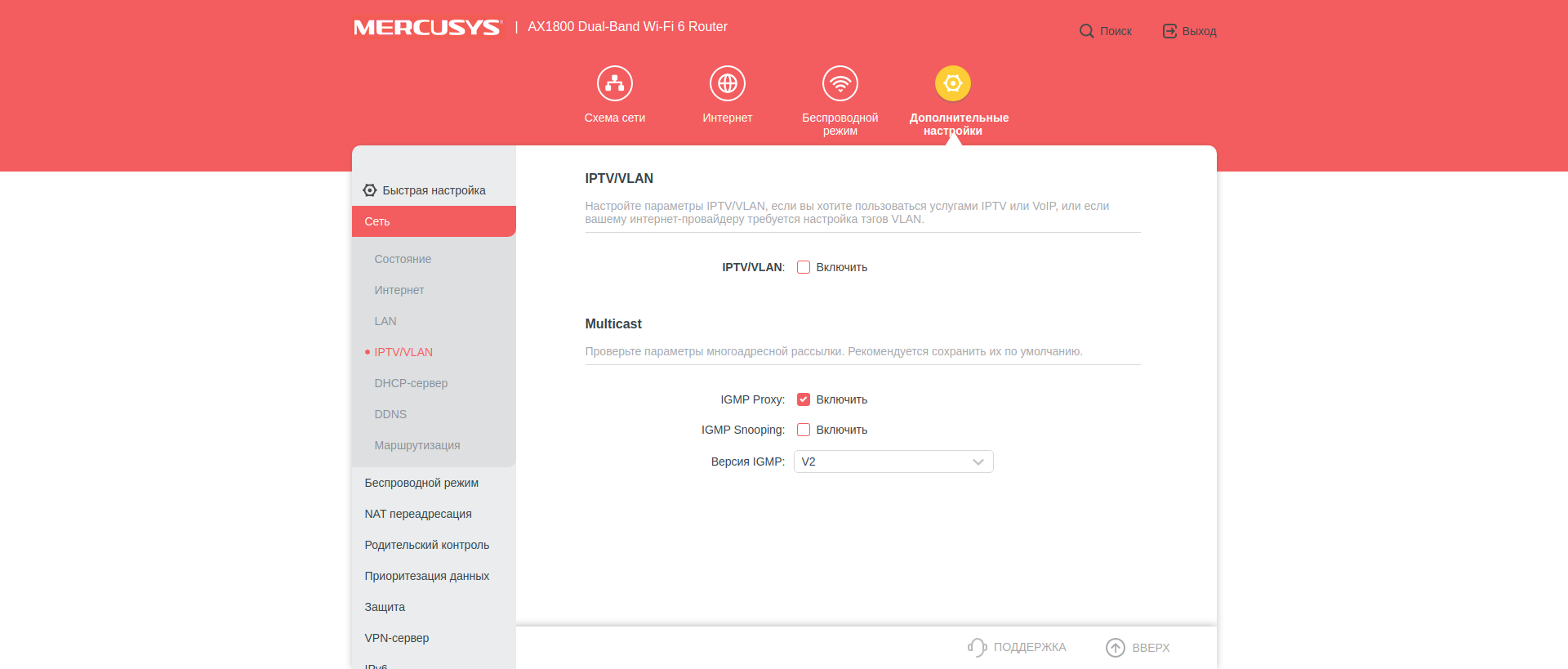



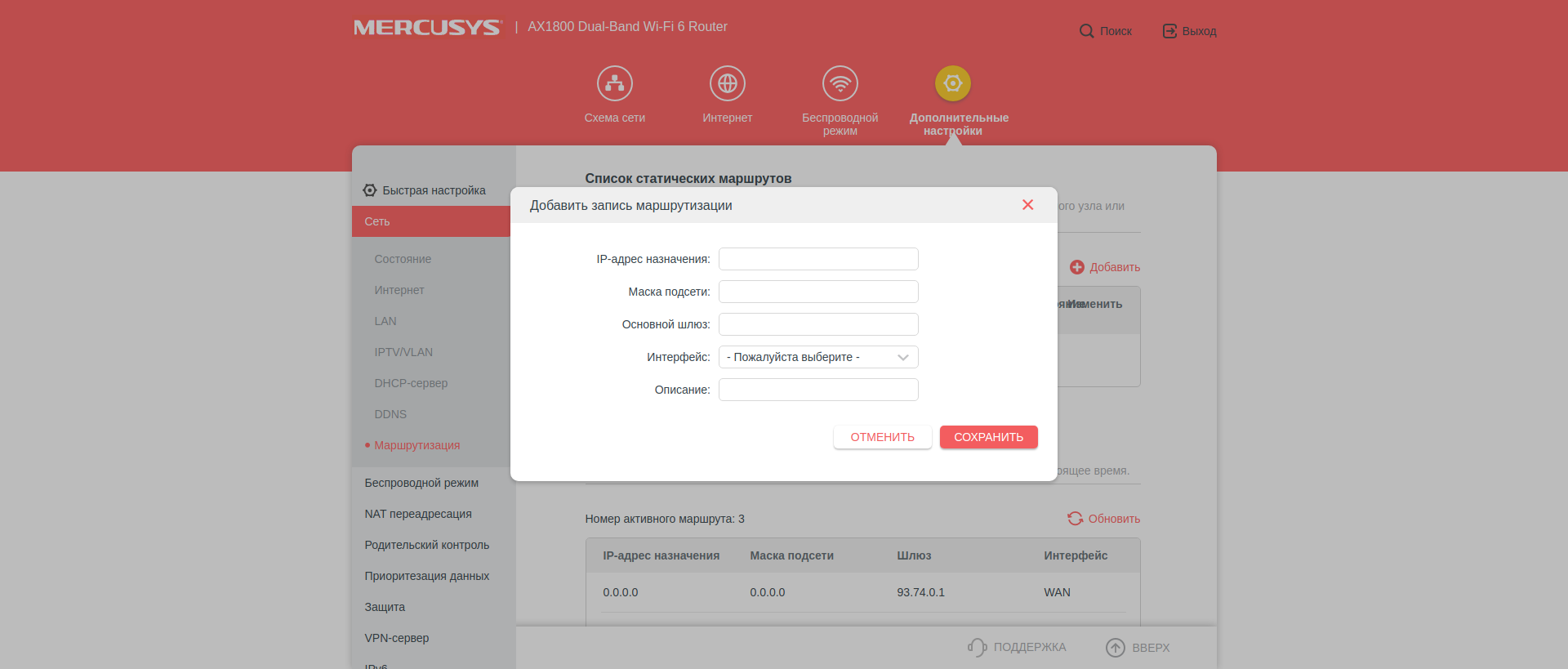


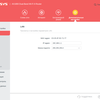
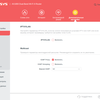
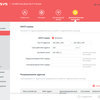
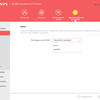
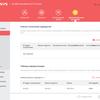
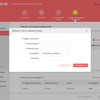
Then comes the section with the familiar to us name "Wireless Mode". Here we'll find the same things we've already seen in the top level menu plus a few more finer points: encryption settings, channel width, MU-MIMO, WPS and WDS. There's an option to turn off the wireless network operation on schedule. There's a separate section for NAT settings, there're settings of forwarding and port triggering and DMZ.
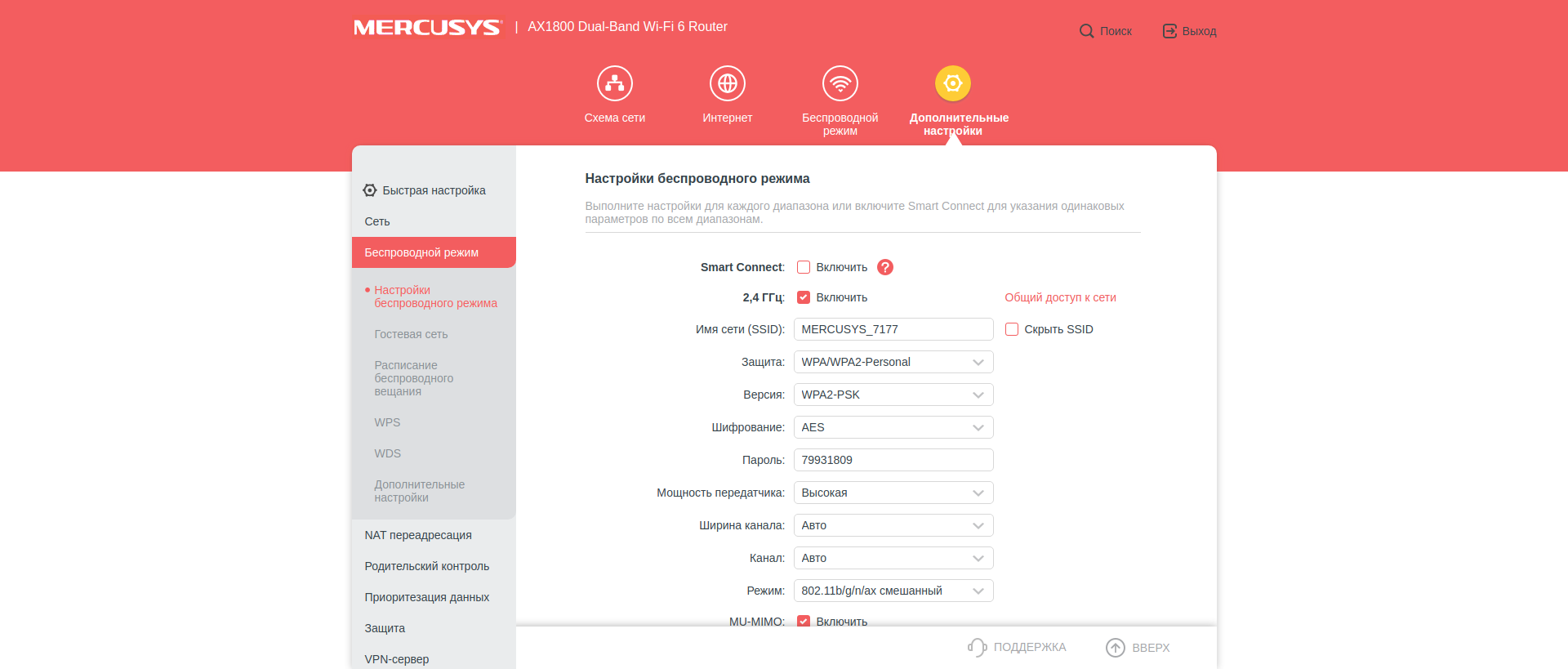
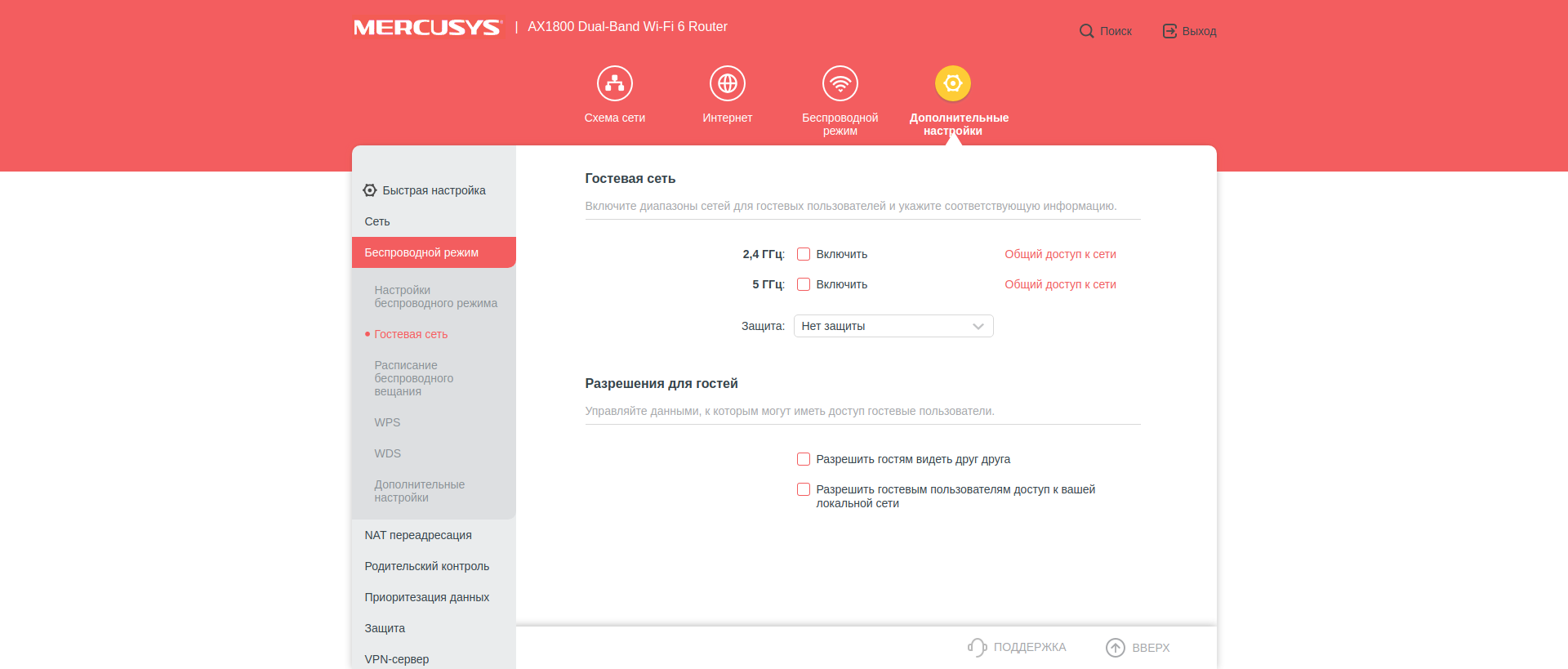

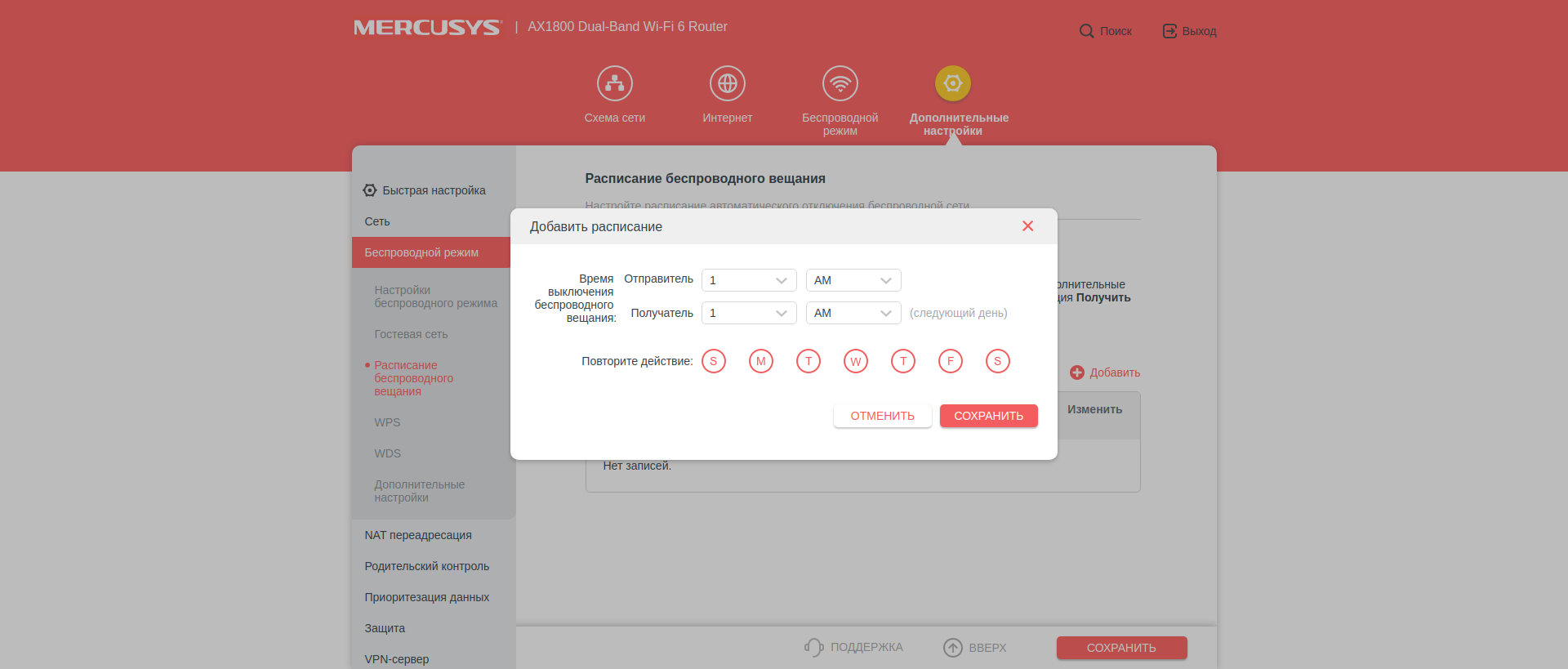

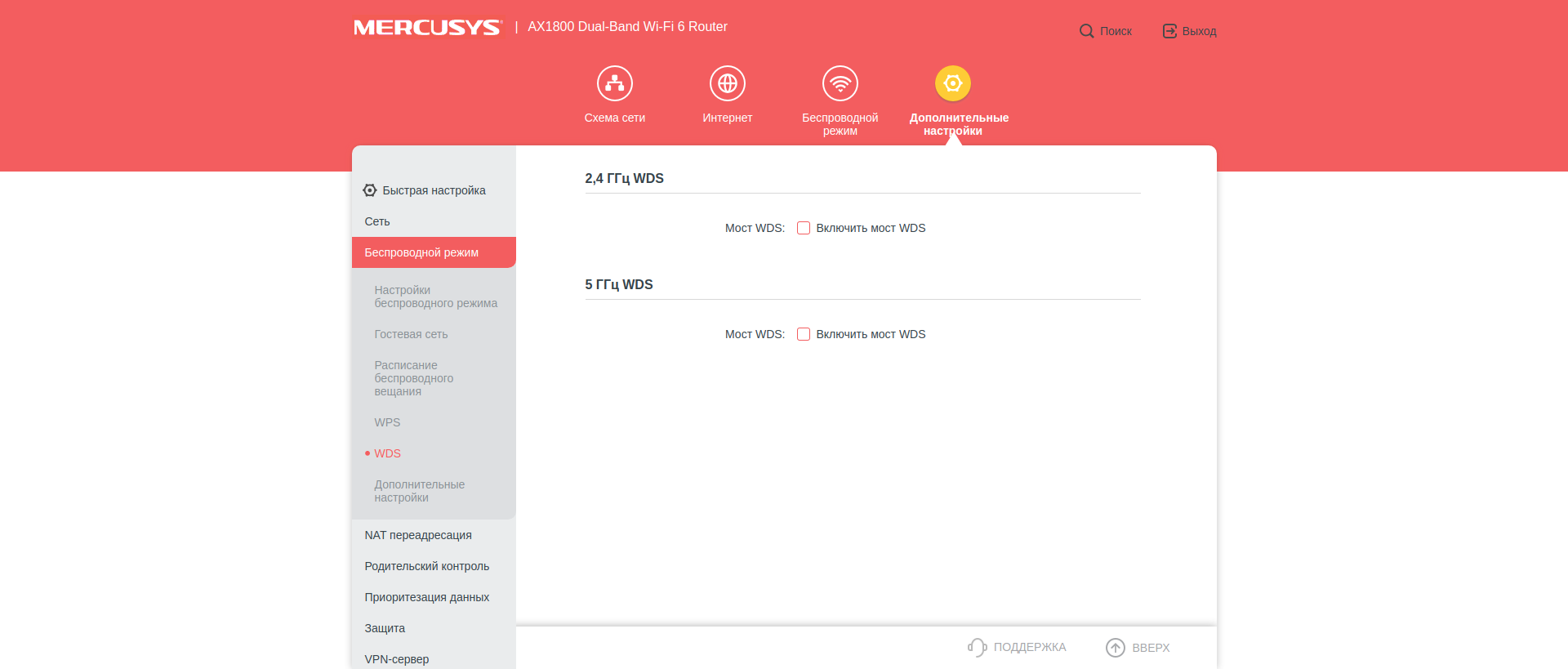
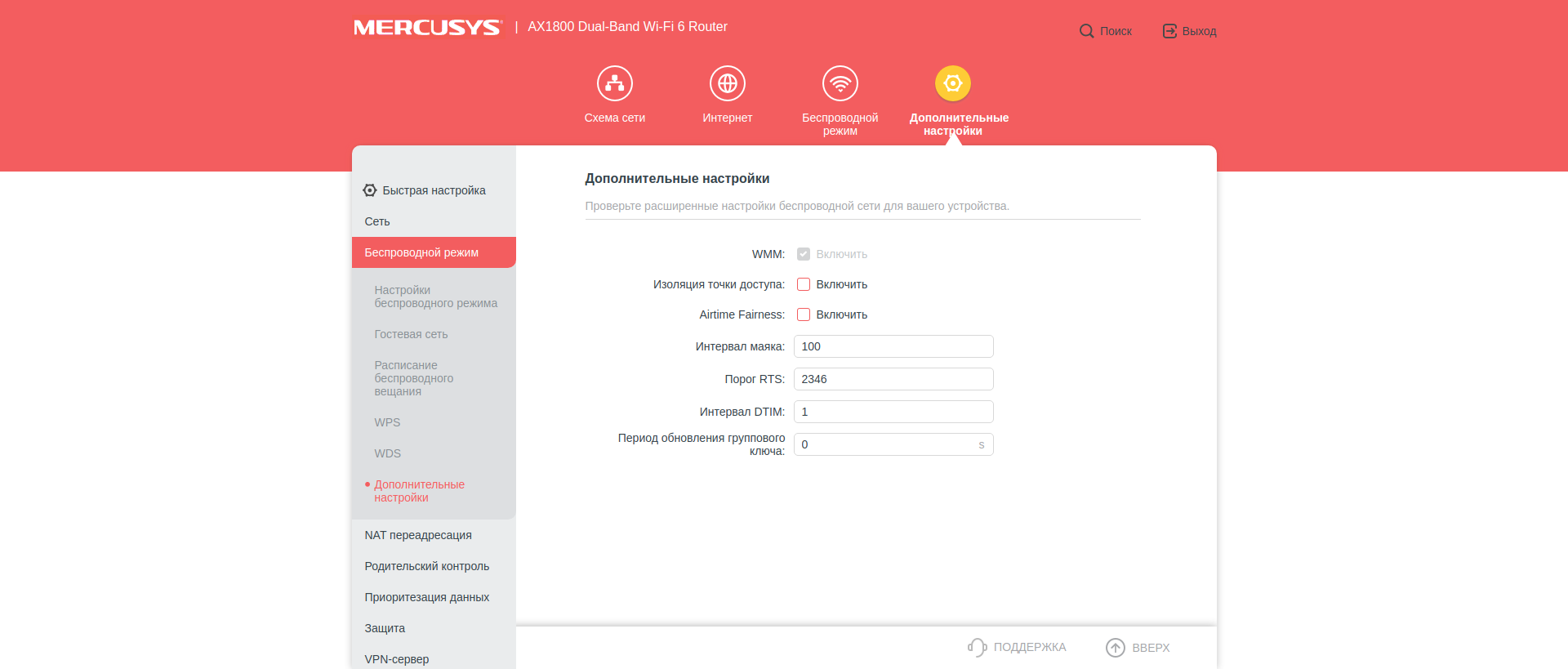
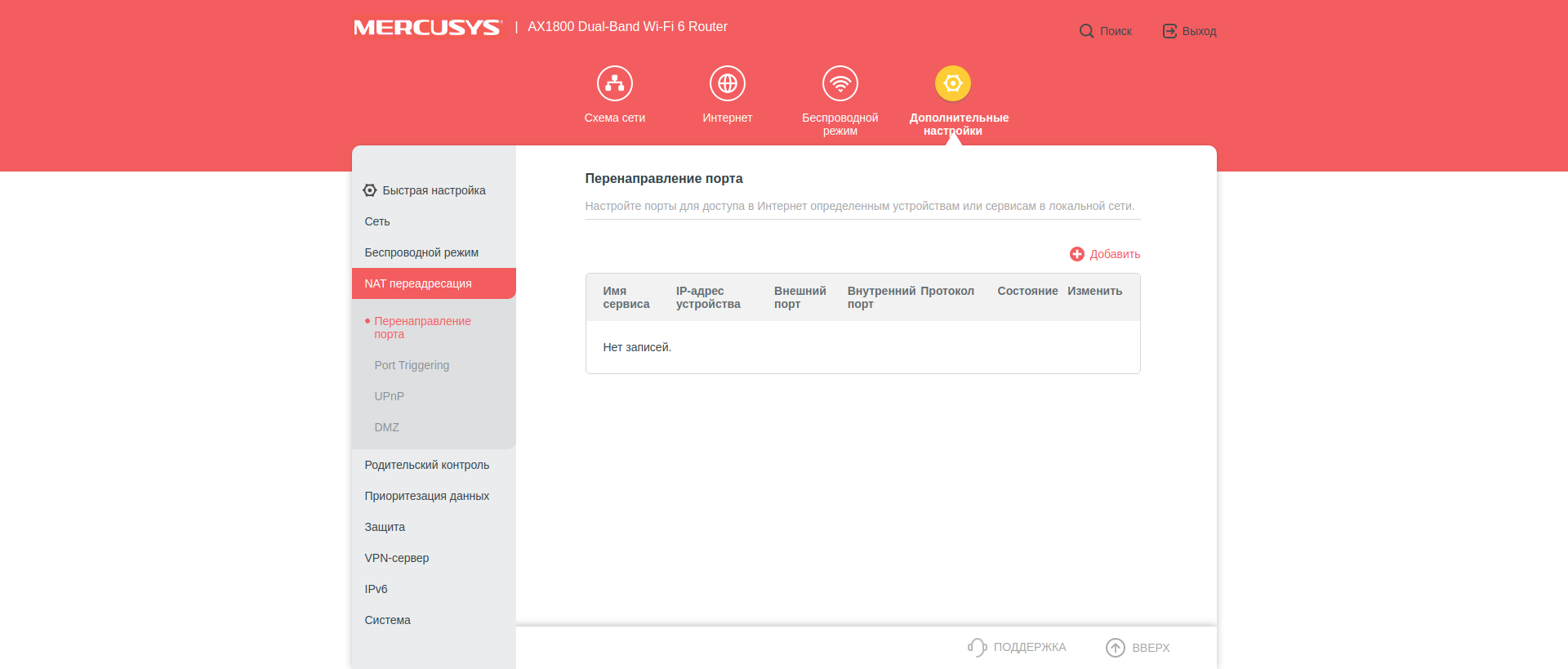
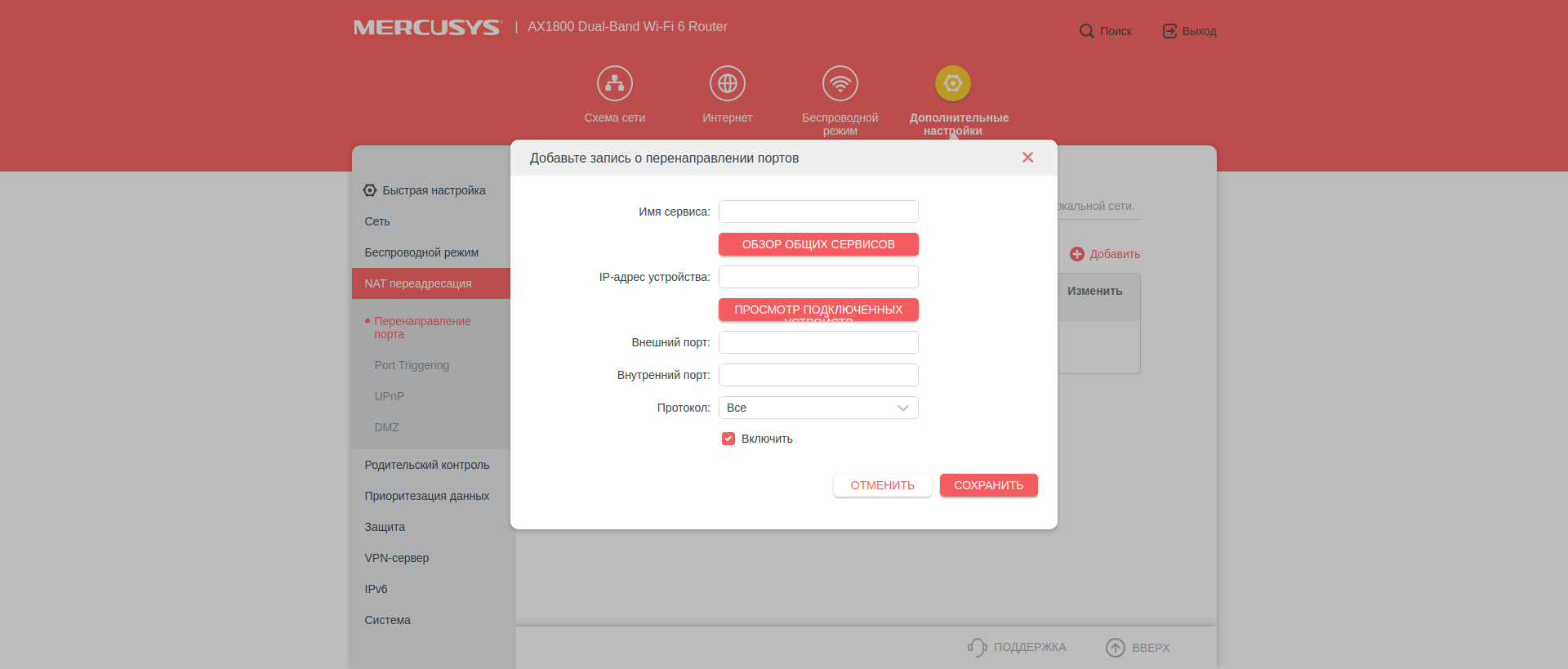
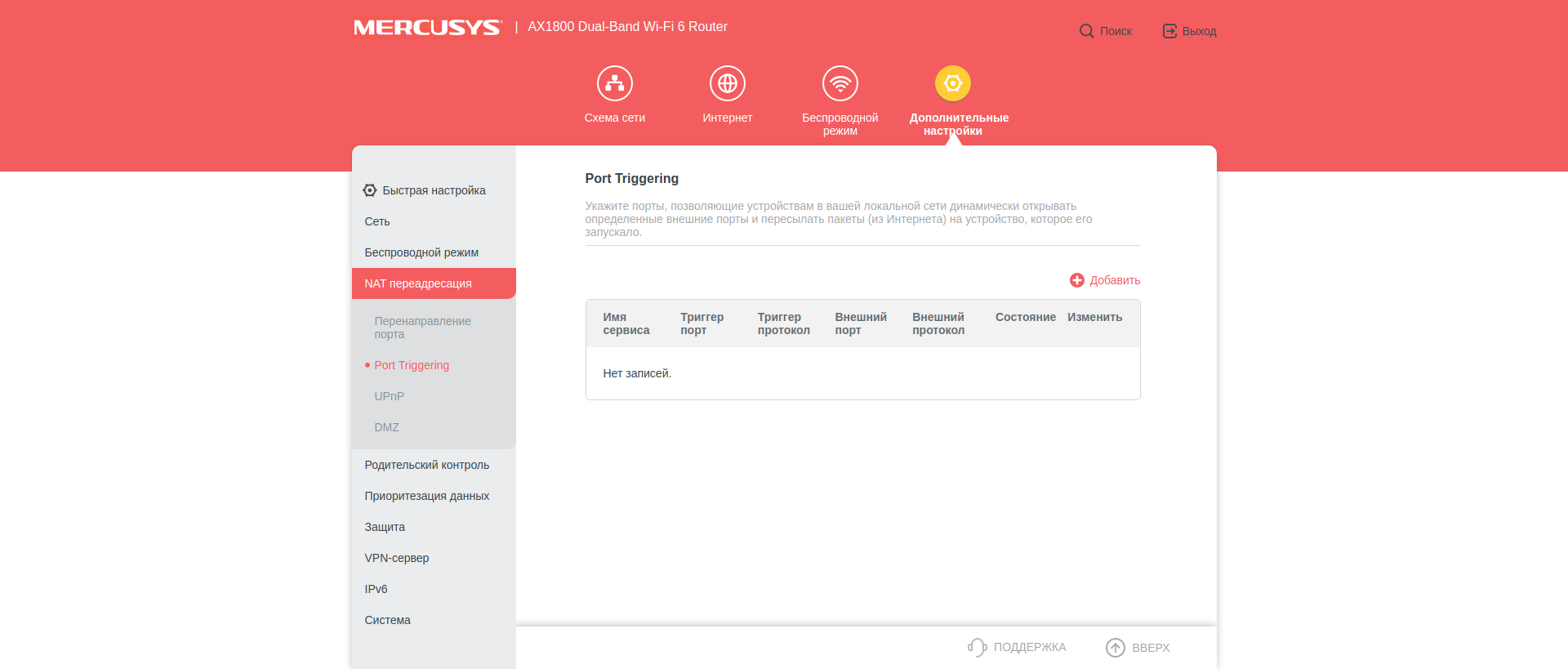
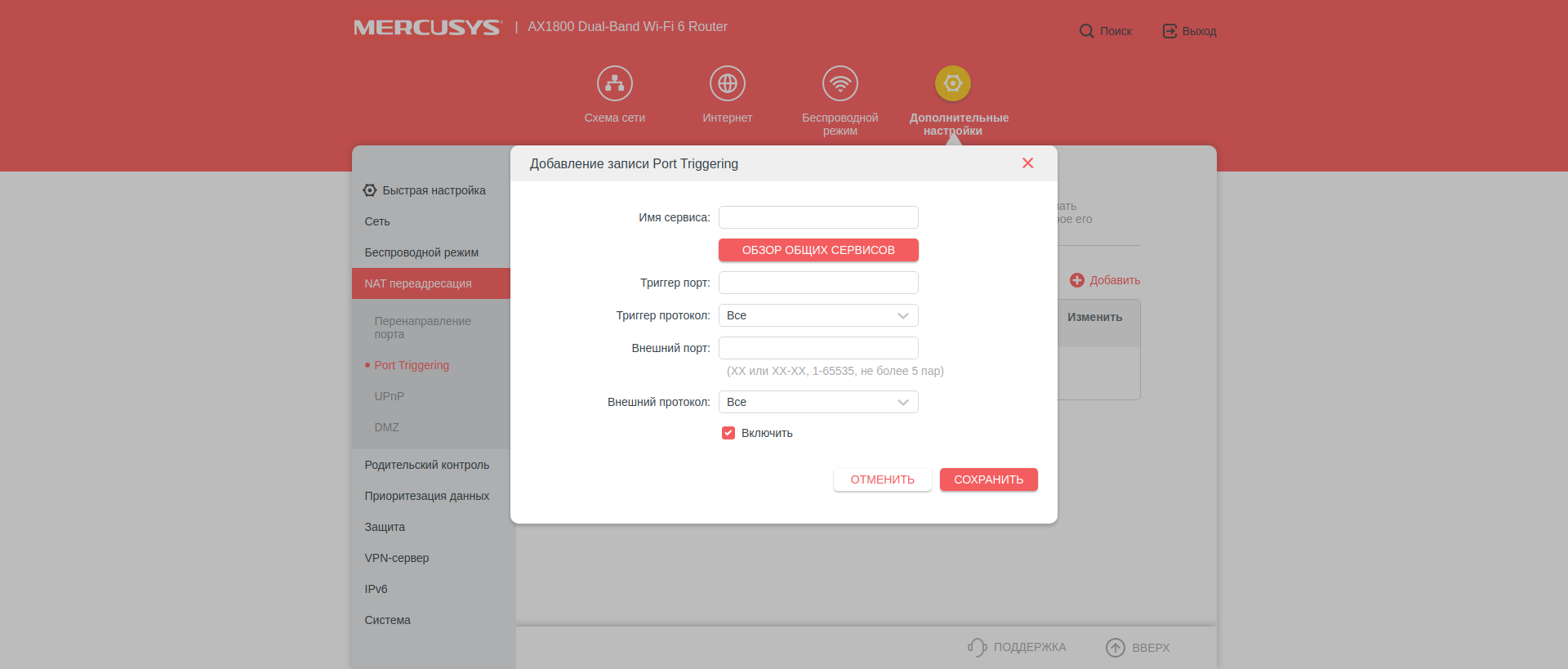
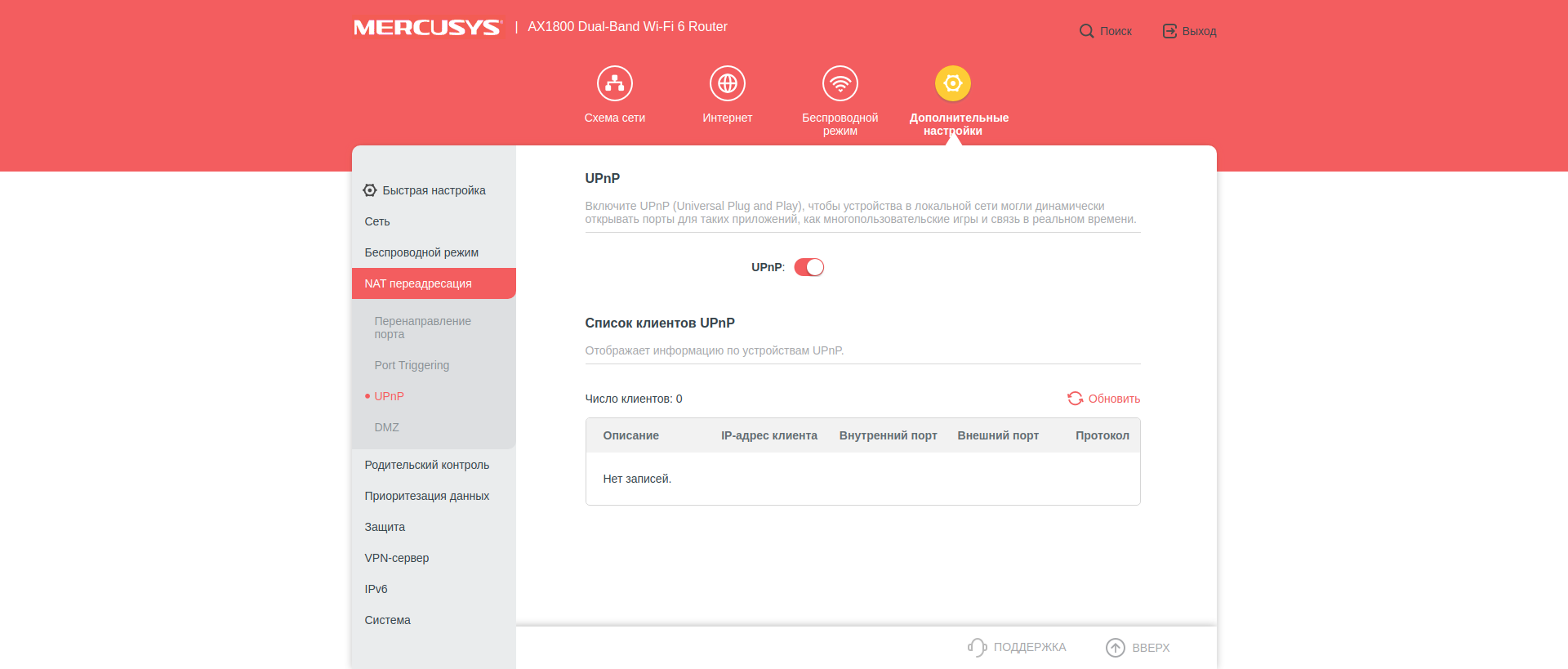

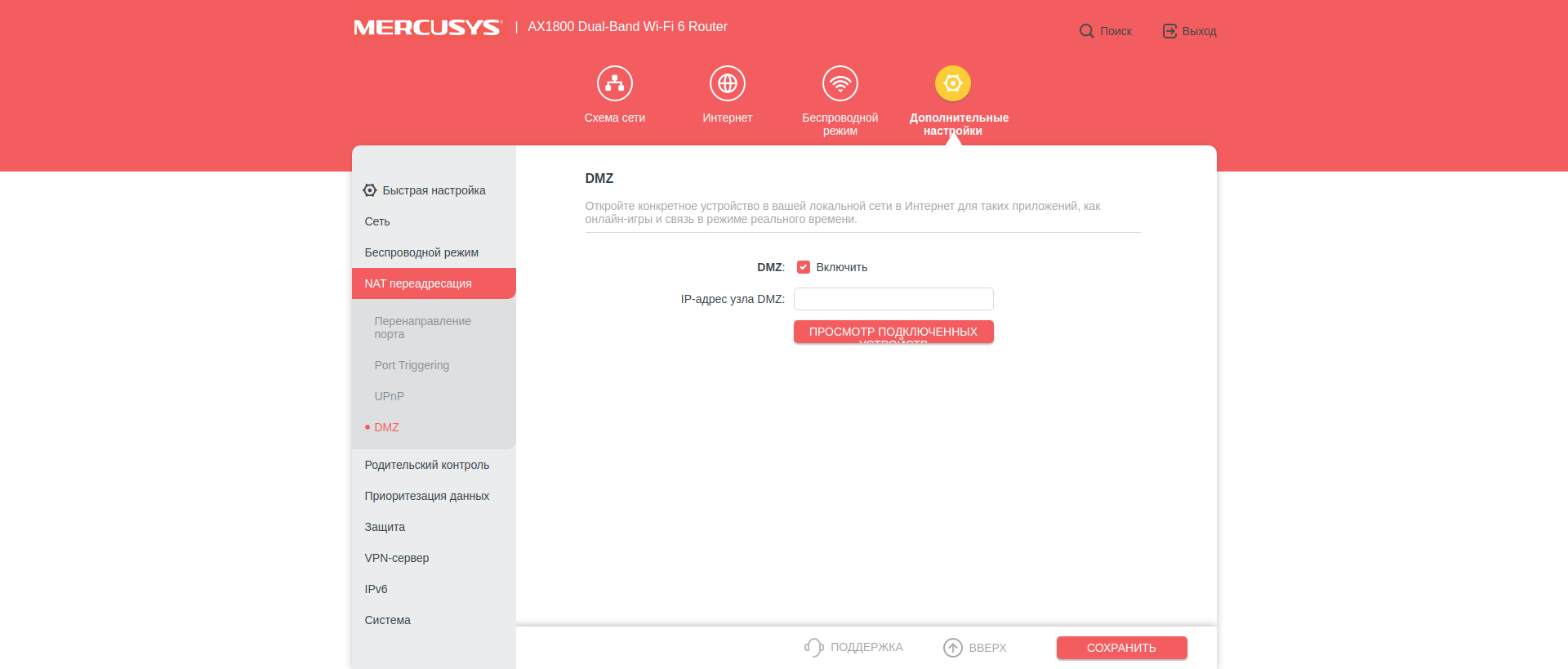
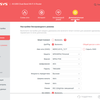


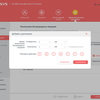
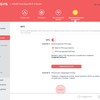
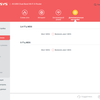
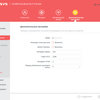
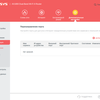

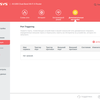
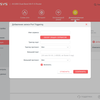
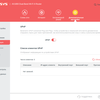


In the Parental Control section there's a policy of content filtering for certain devices. It is done in the following way. Add a user name (only needed to distinguish it from others) and select from the list of connected devices those that belong to it. Then define the keywords that sites should be blocked for this user (you may not do this). And finally, define the time limits for the Internet usage. You can both set the time limits (e.g. no more than two hours per day on weekdays and no more than four hours on weekends) and explicitly specify the time from which the user should rest and do offline things.
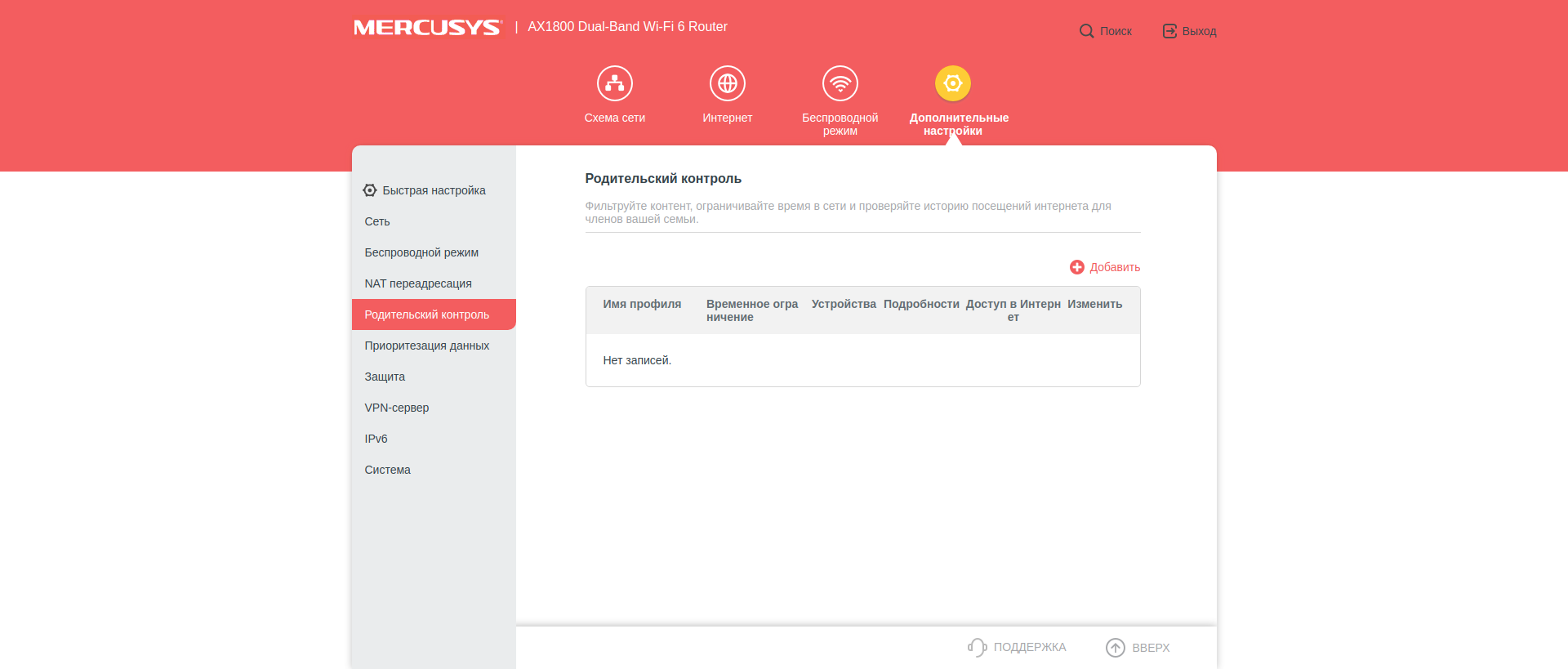
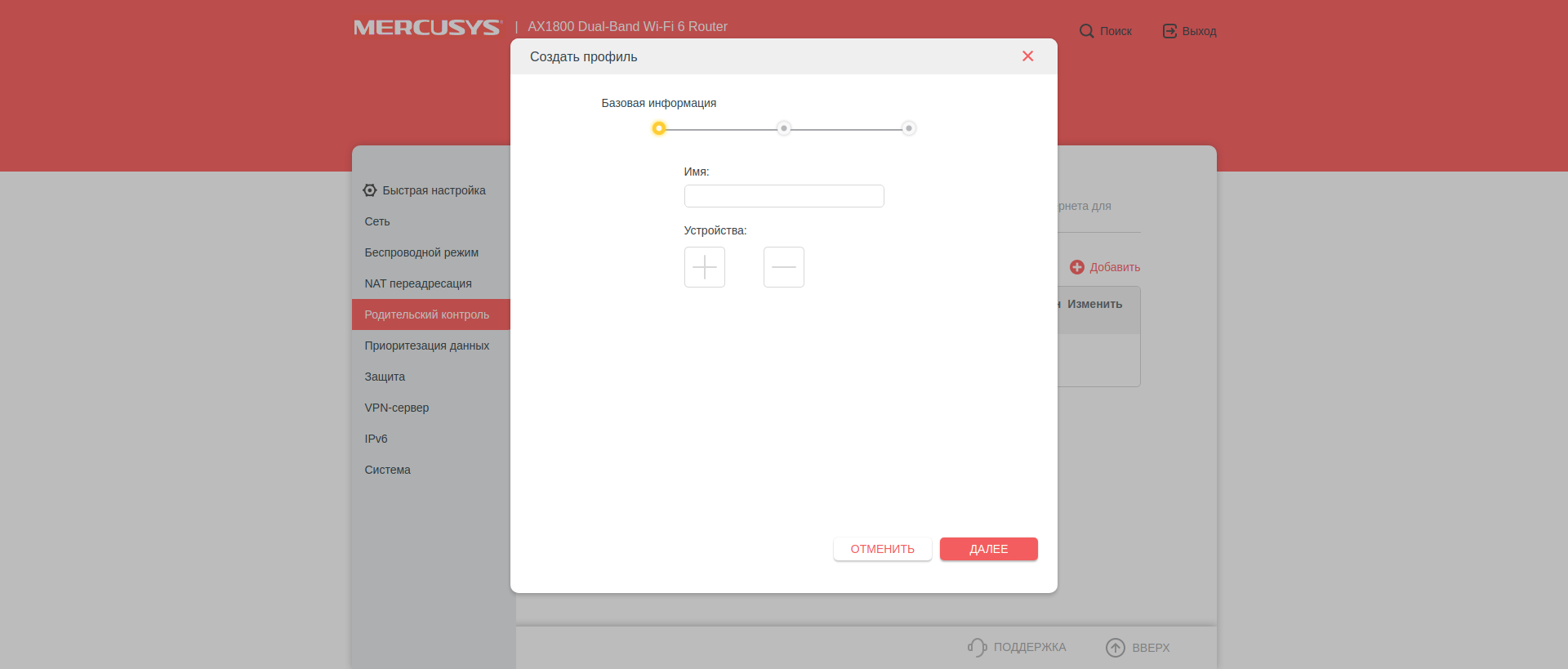
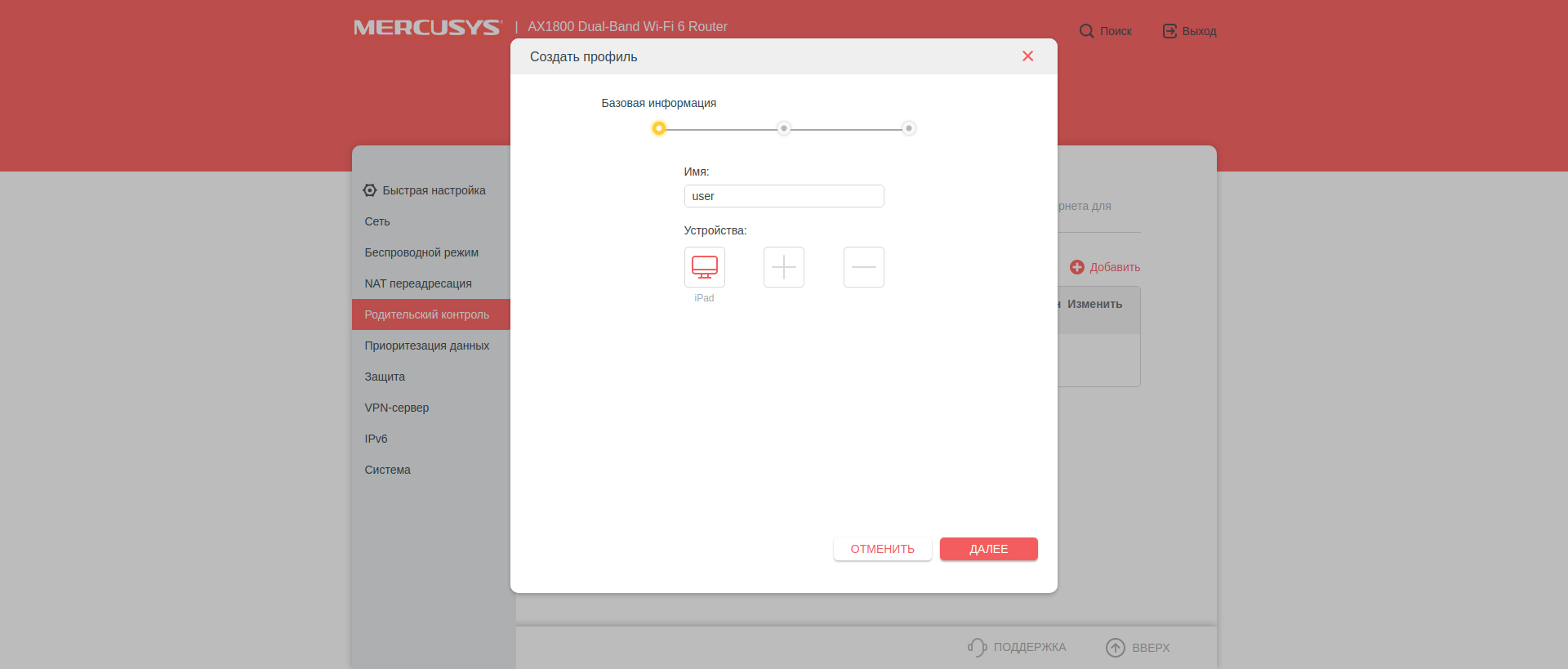
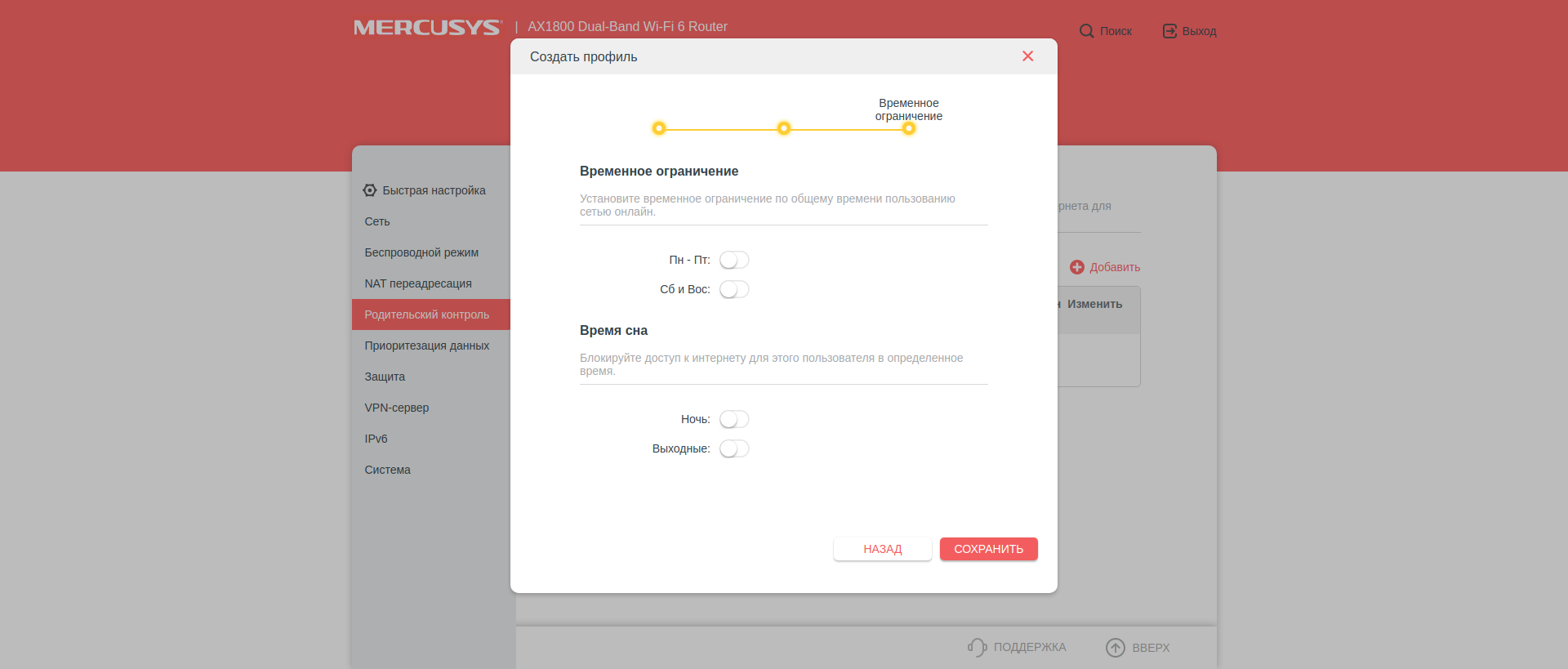

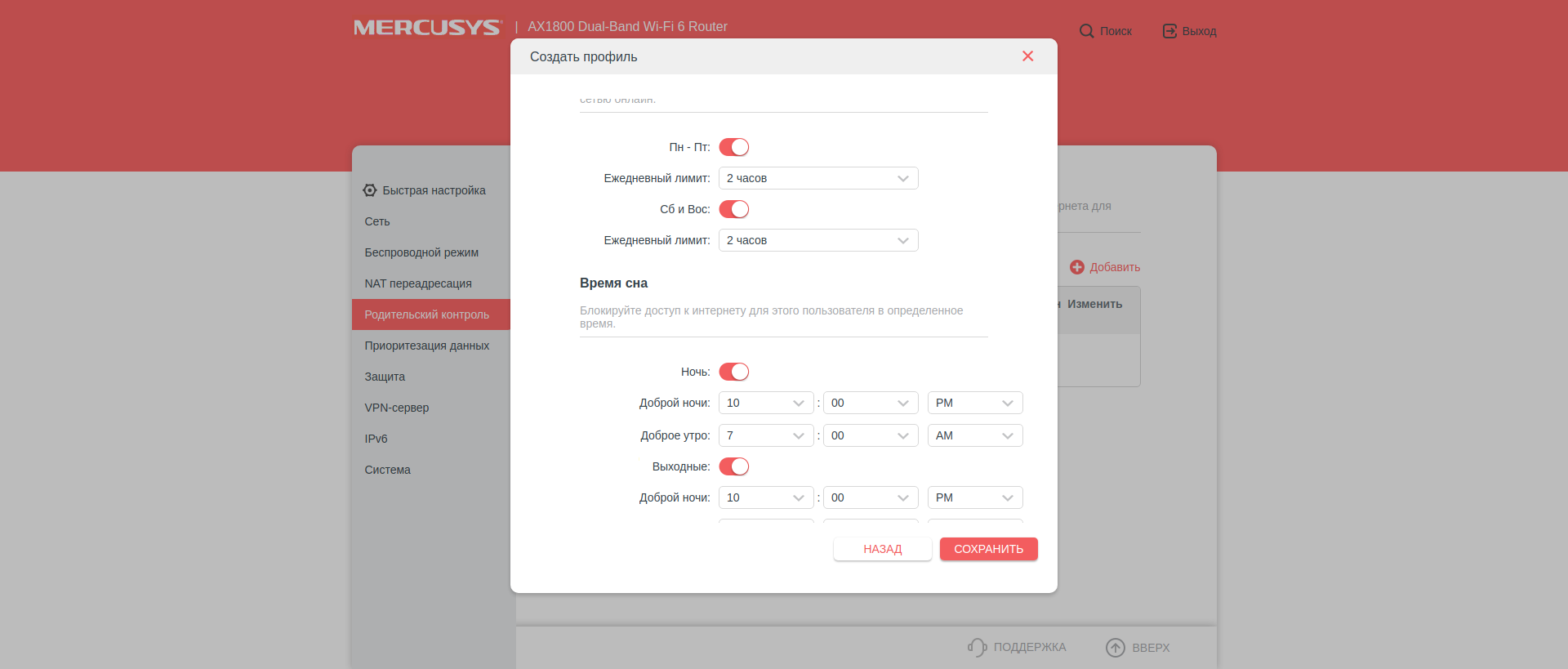


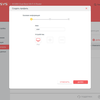
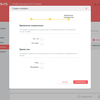
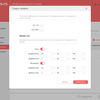
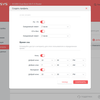
Several next sections of the menu contain settings of QoS, ALG, firewall as well as black and white lists of MAC-addresses. The last ones can be especially helpful for routers located in public places. It's also possible to bind MAC-addresses to certain IPs to prevent ARP-attacks. It's interesting that a VPN-server (OpenVPN and PPTP) is implemented in MR70X. It happens to be absent in more expensive models as well.

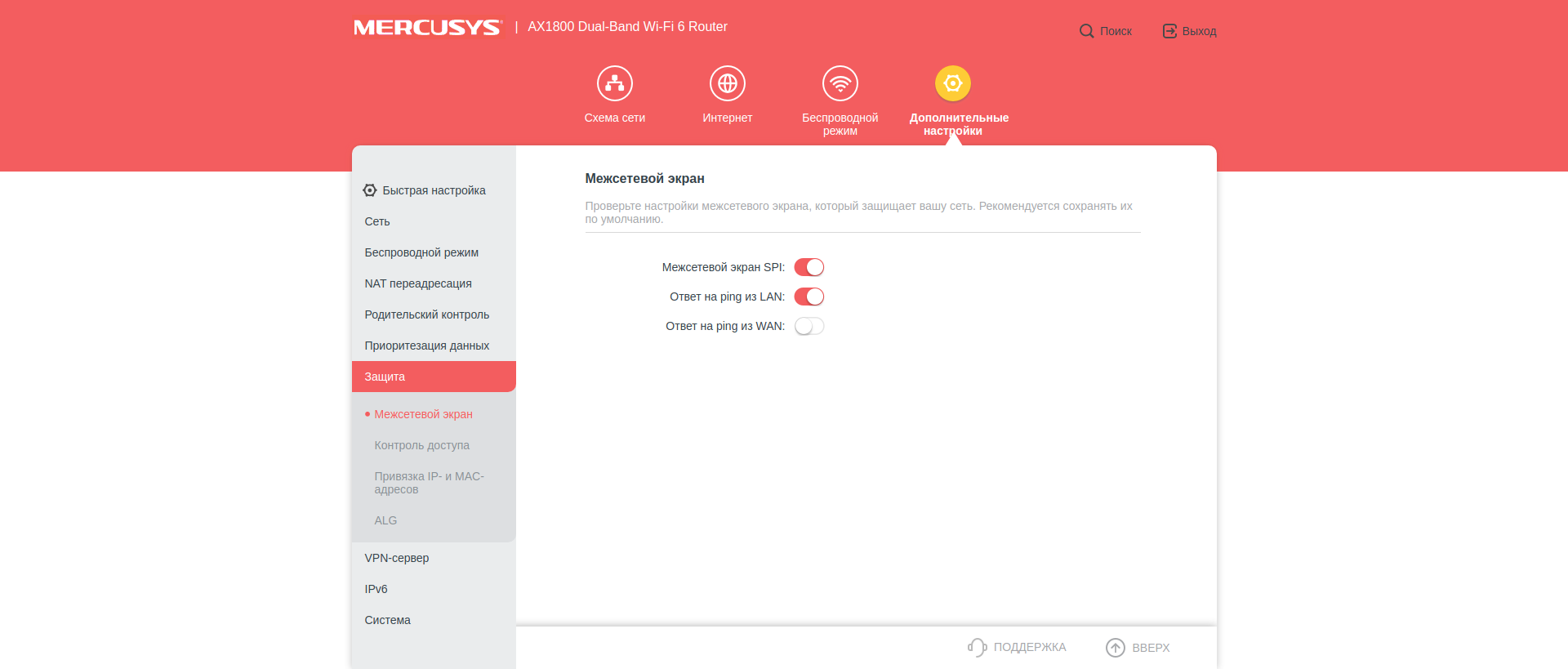
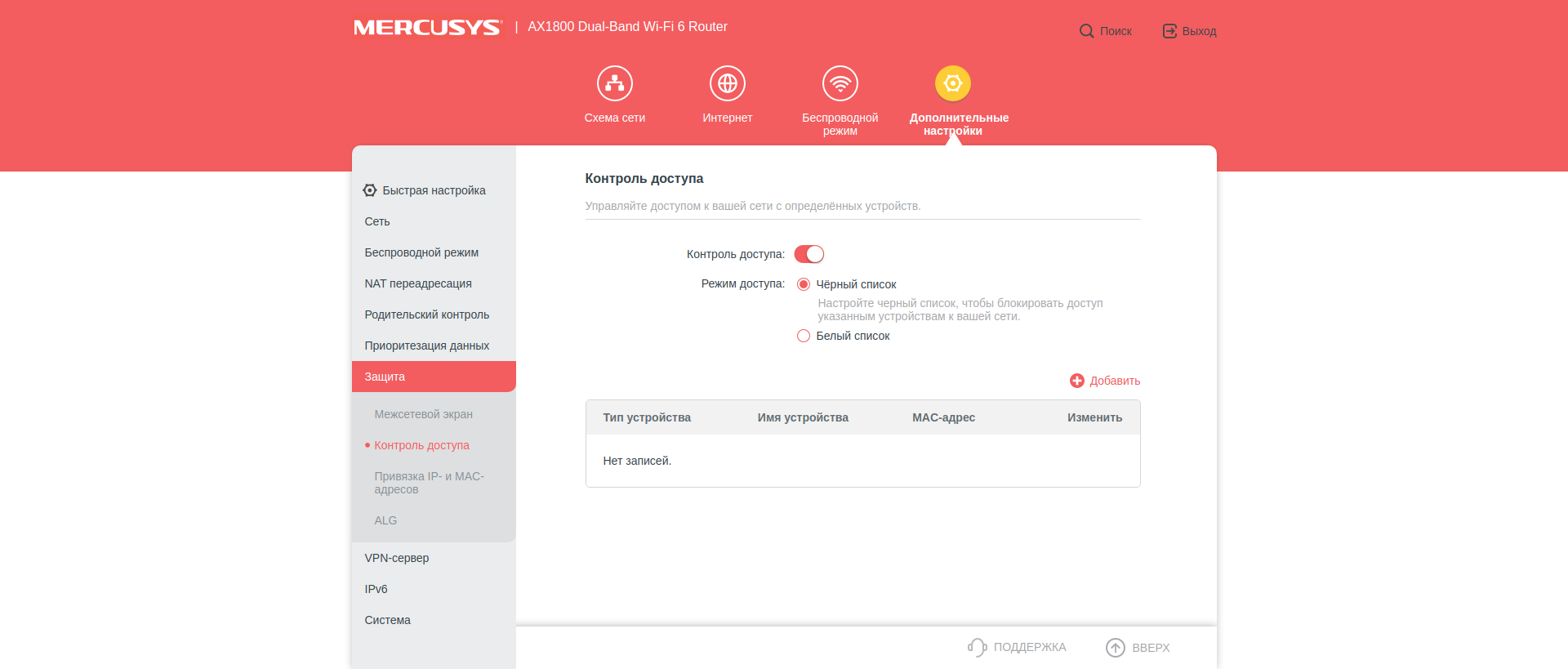
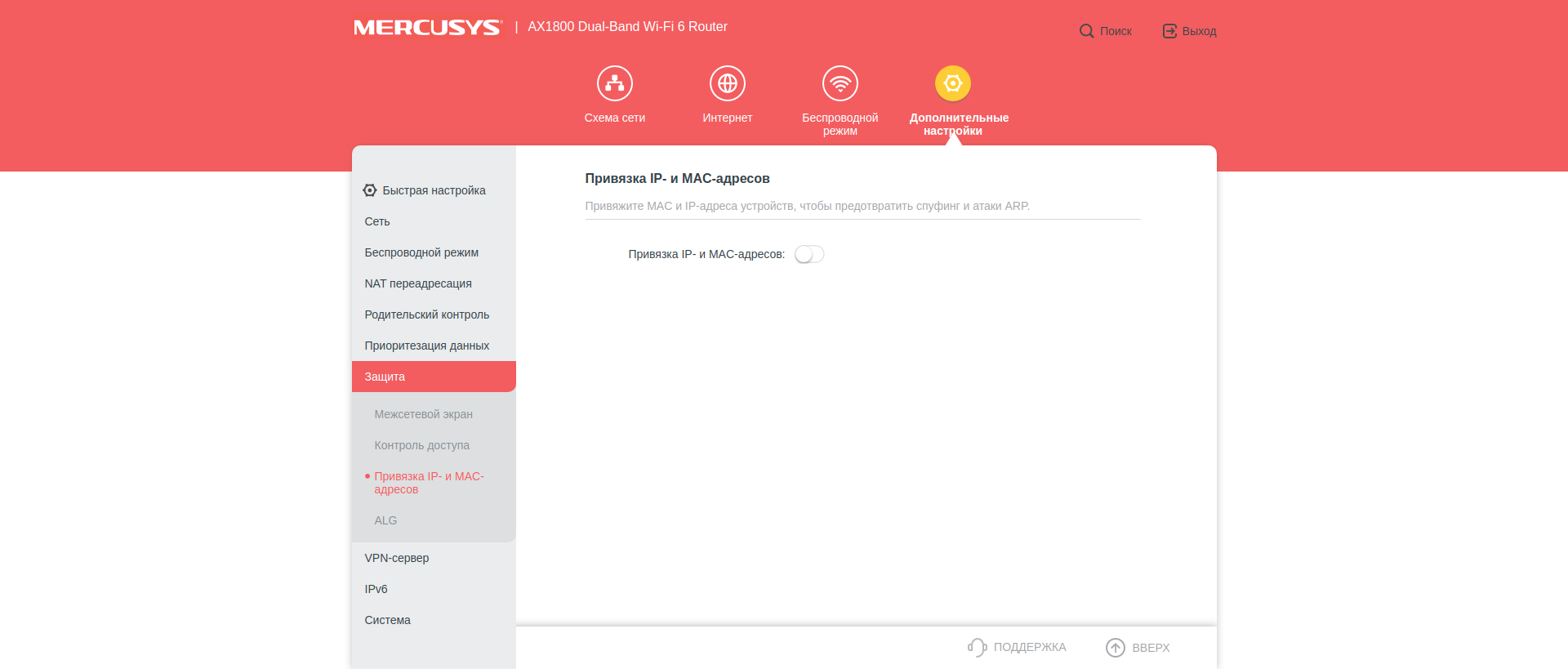
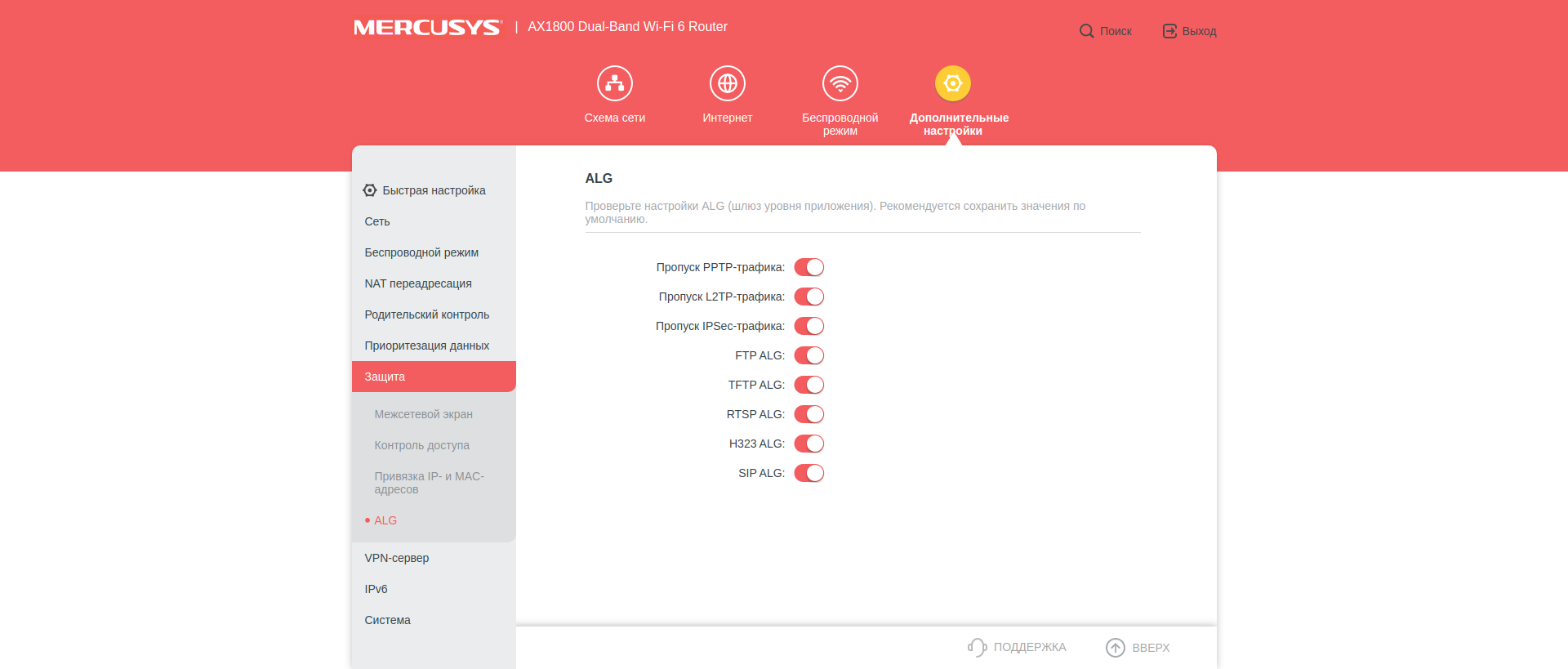
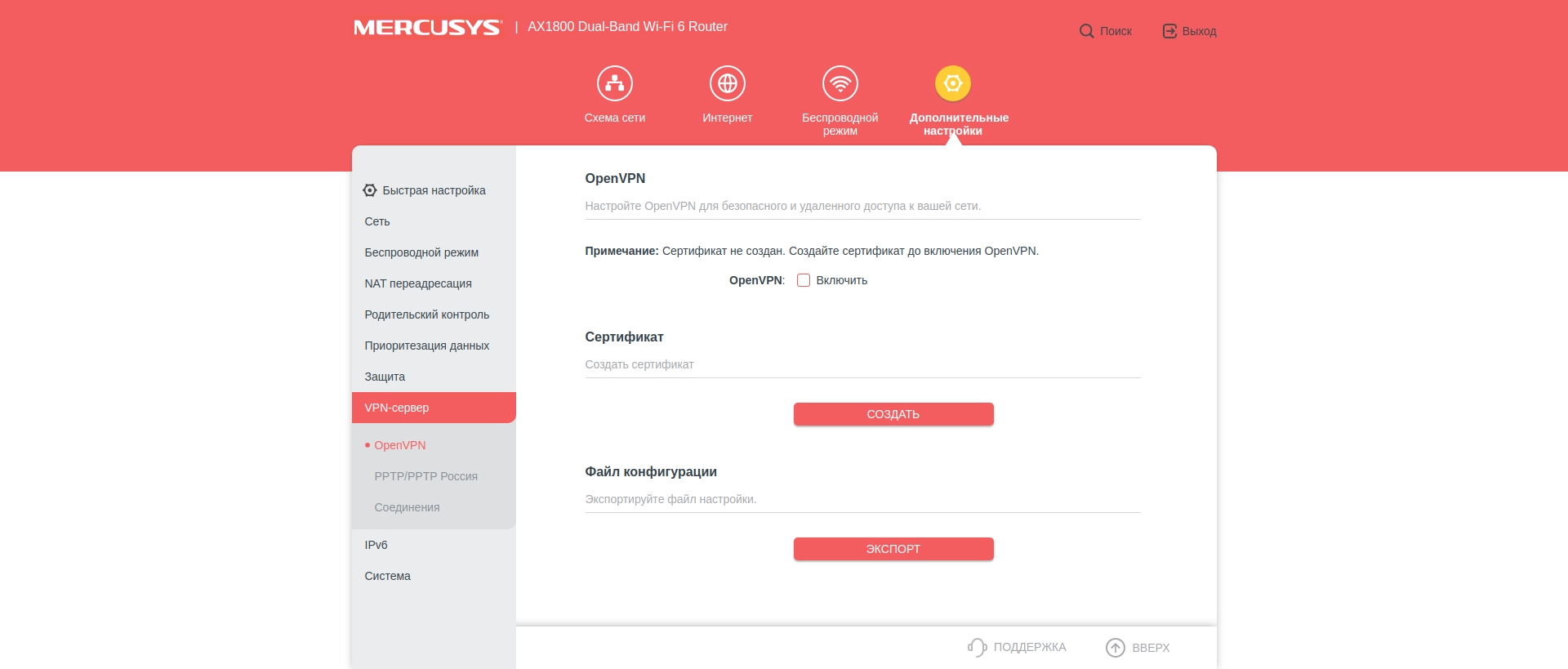
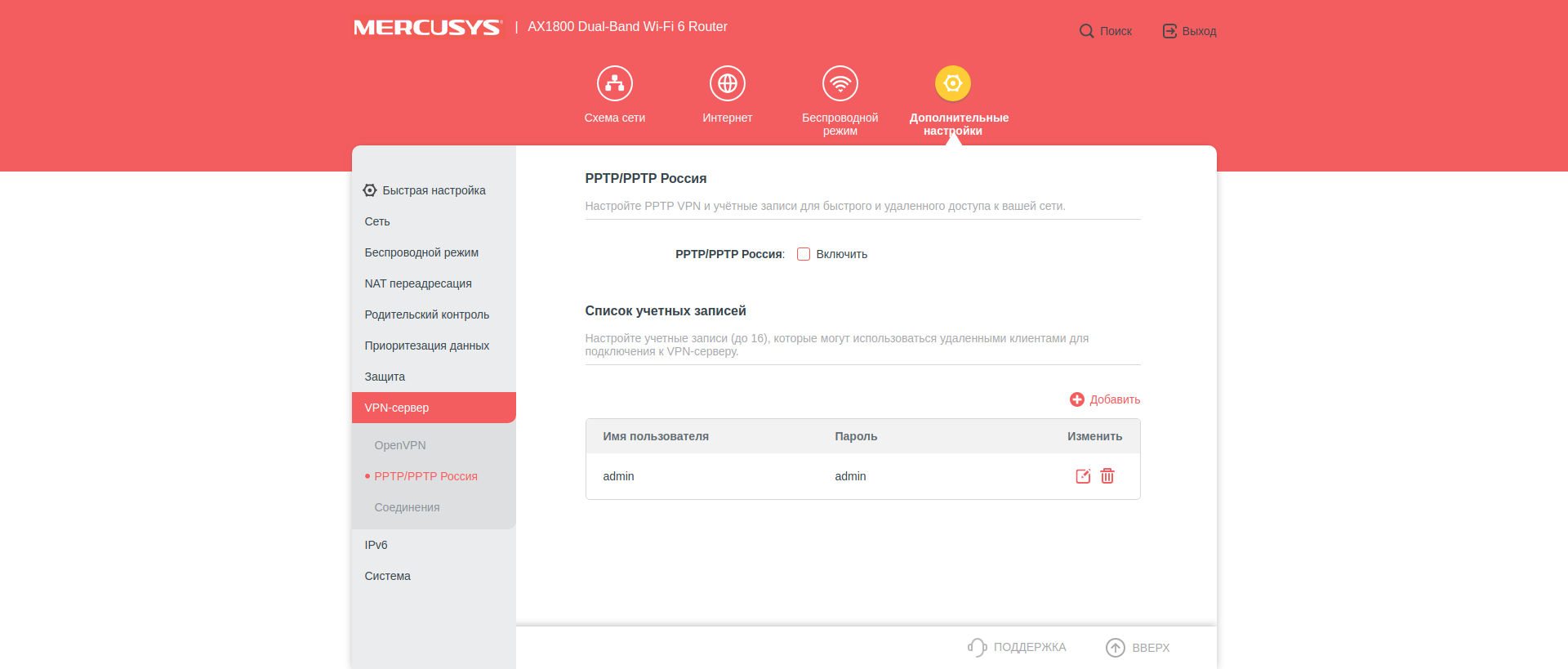
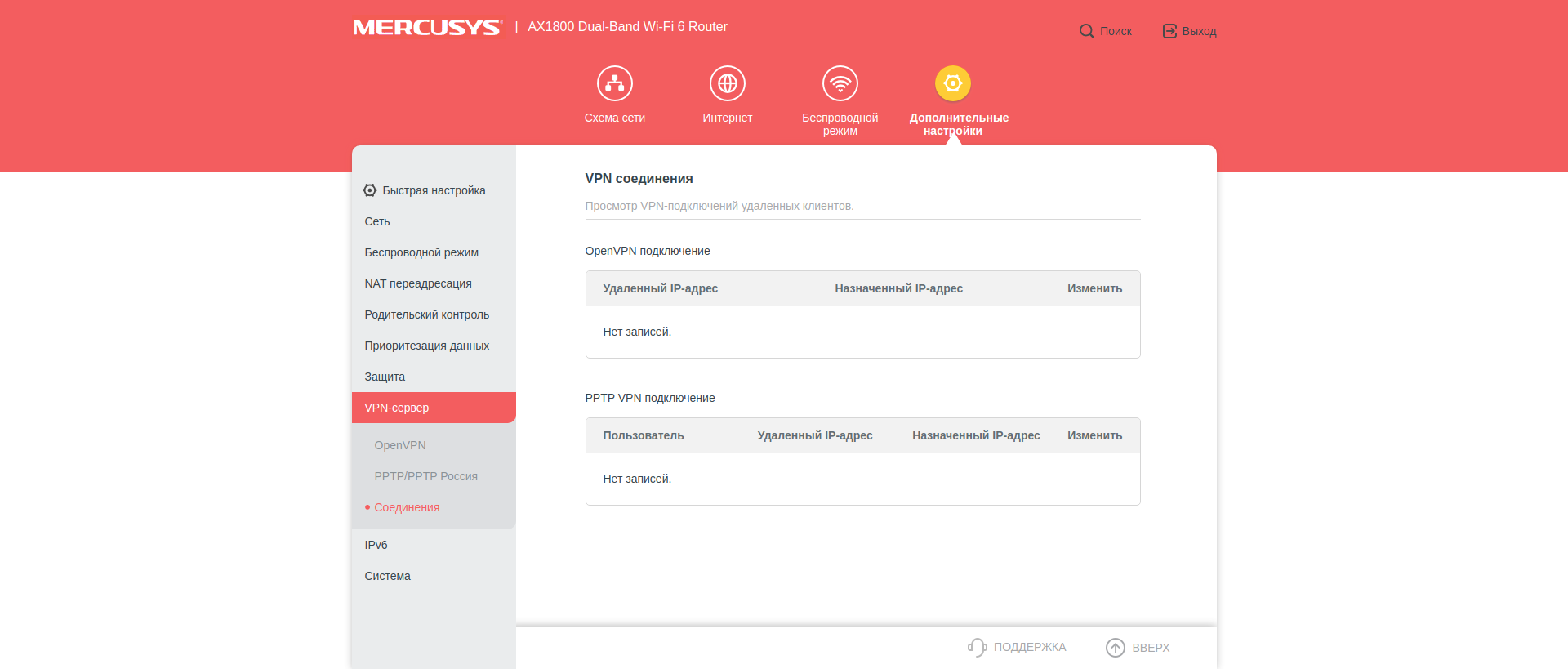
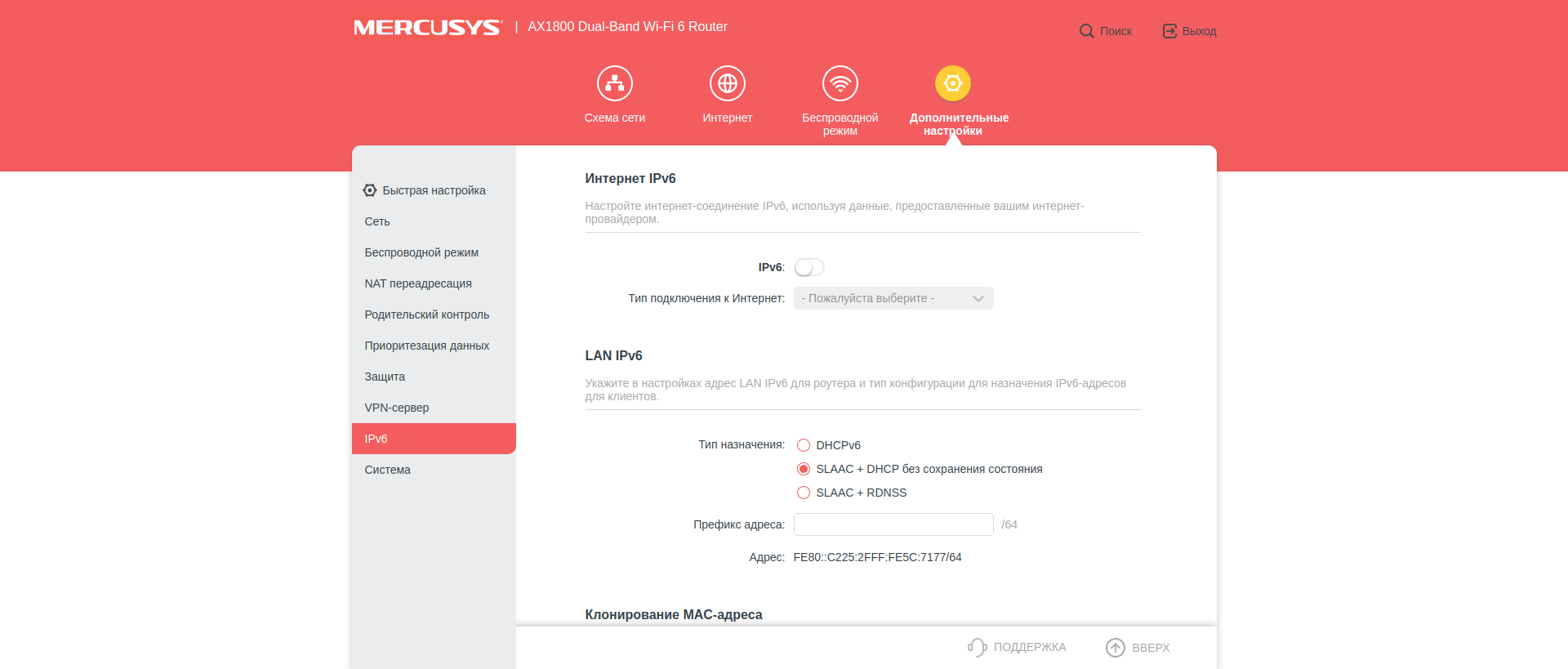
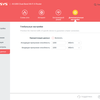
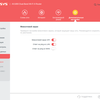
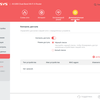
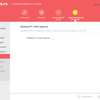
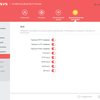
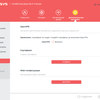
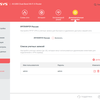

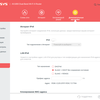
The last section "System" gathered the service functions. Firmware update (only from a local file), backup and recovery of settings, password change, remote control, language, time and LED indication settings. There are ping and traceroute utilities, as well as a system event log.
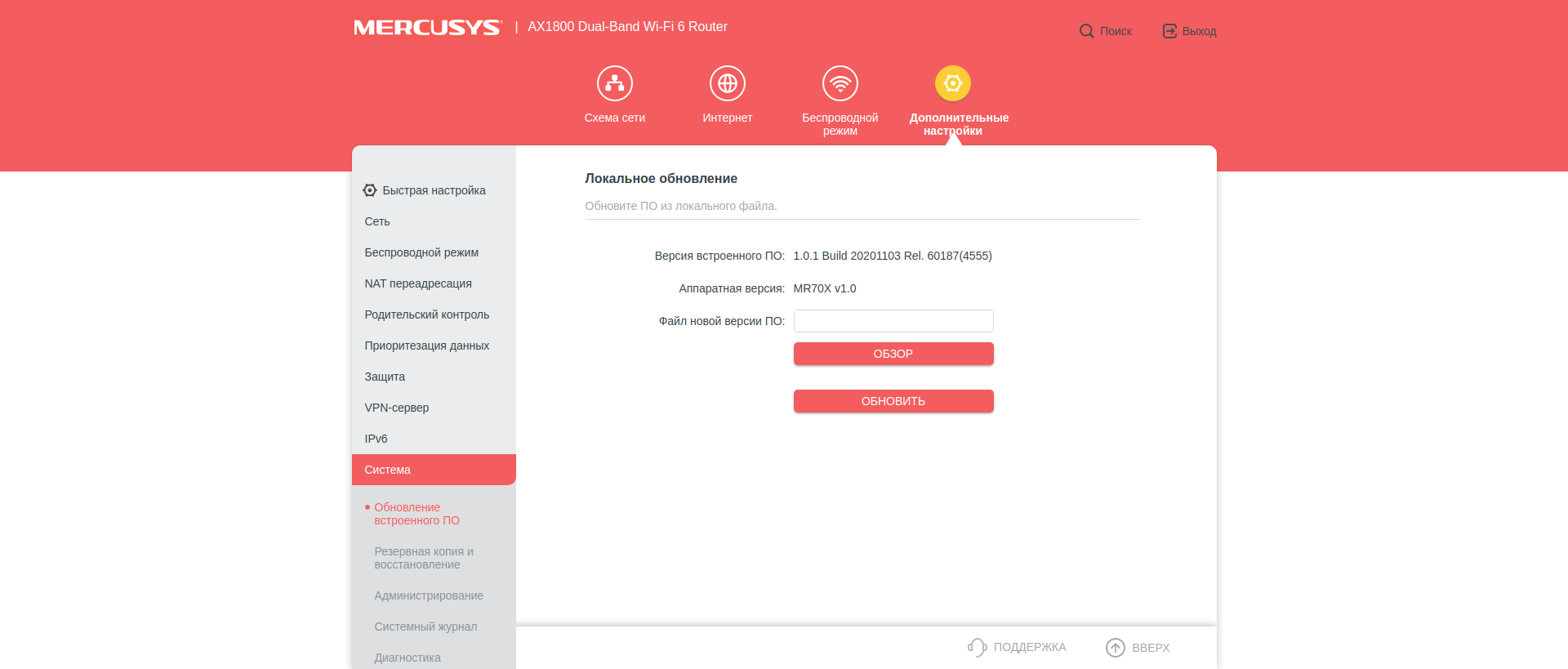
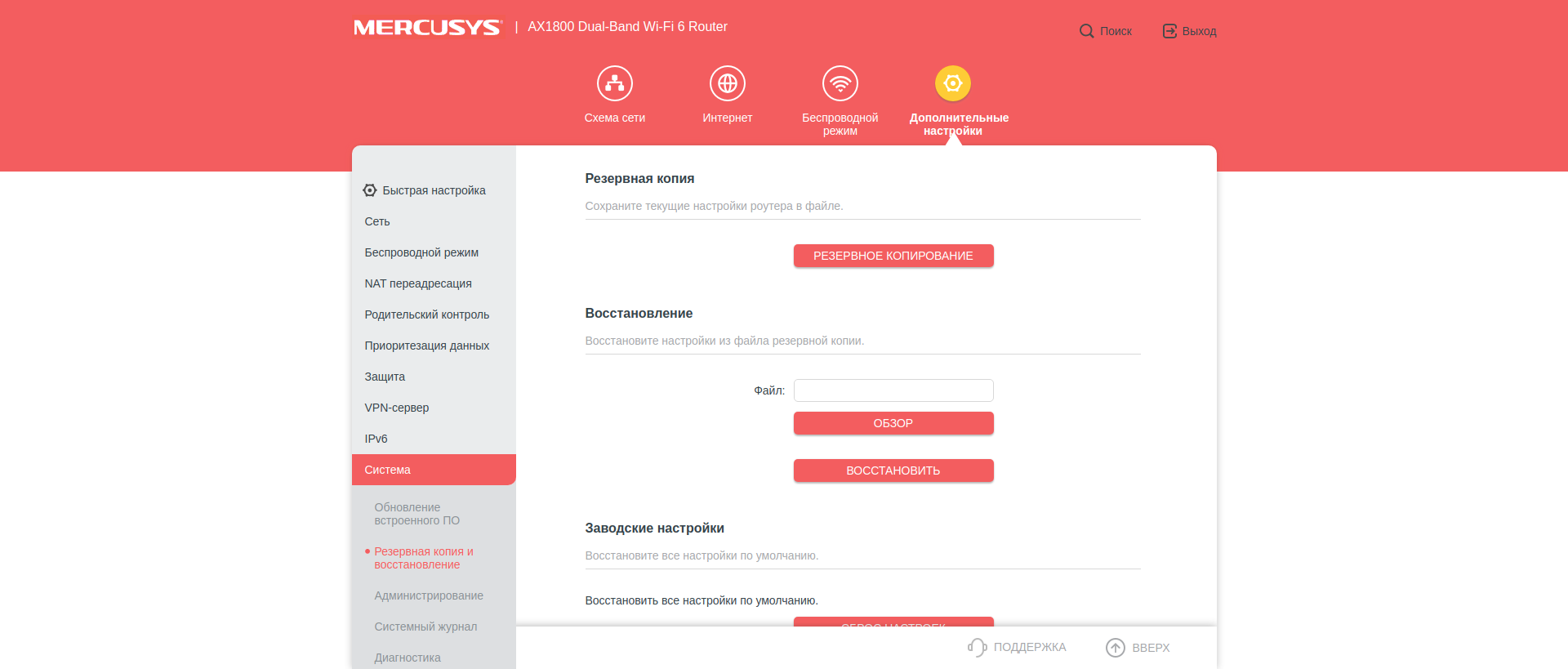

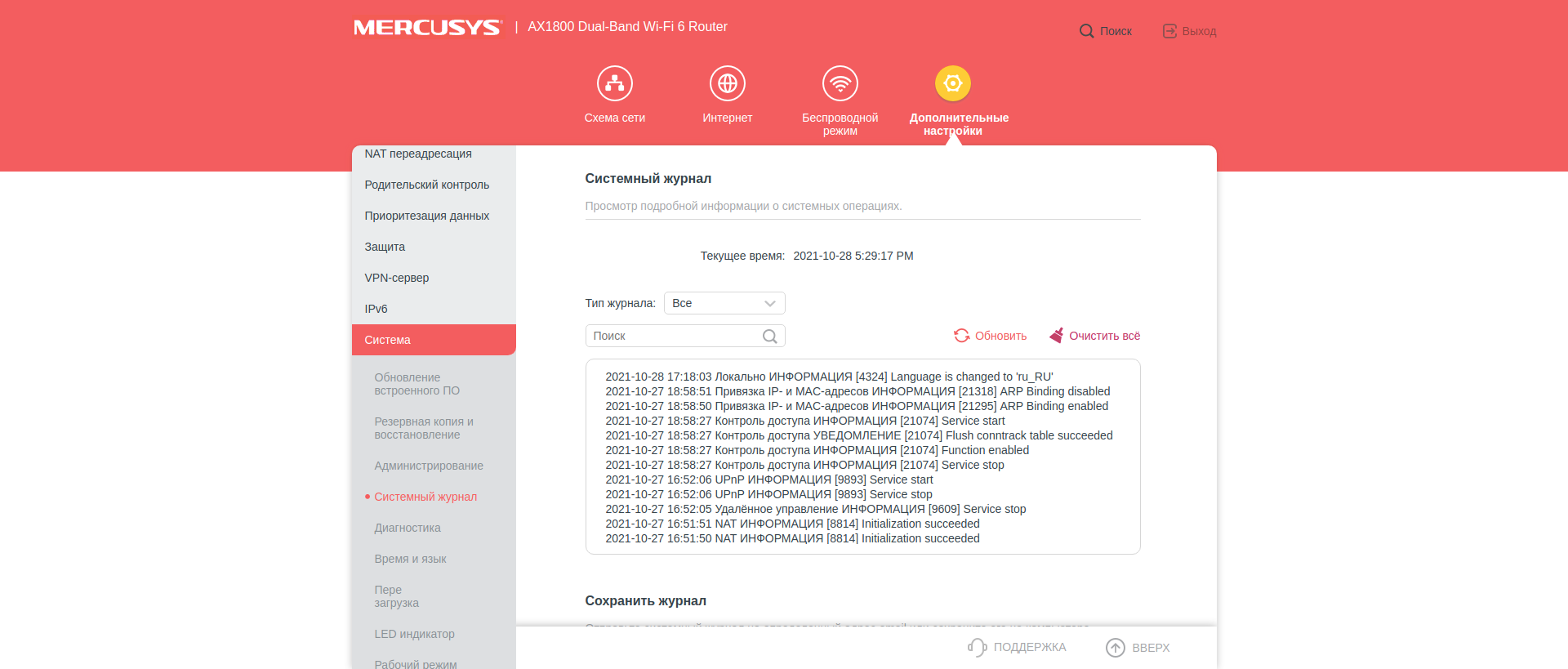
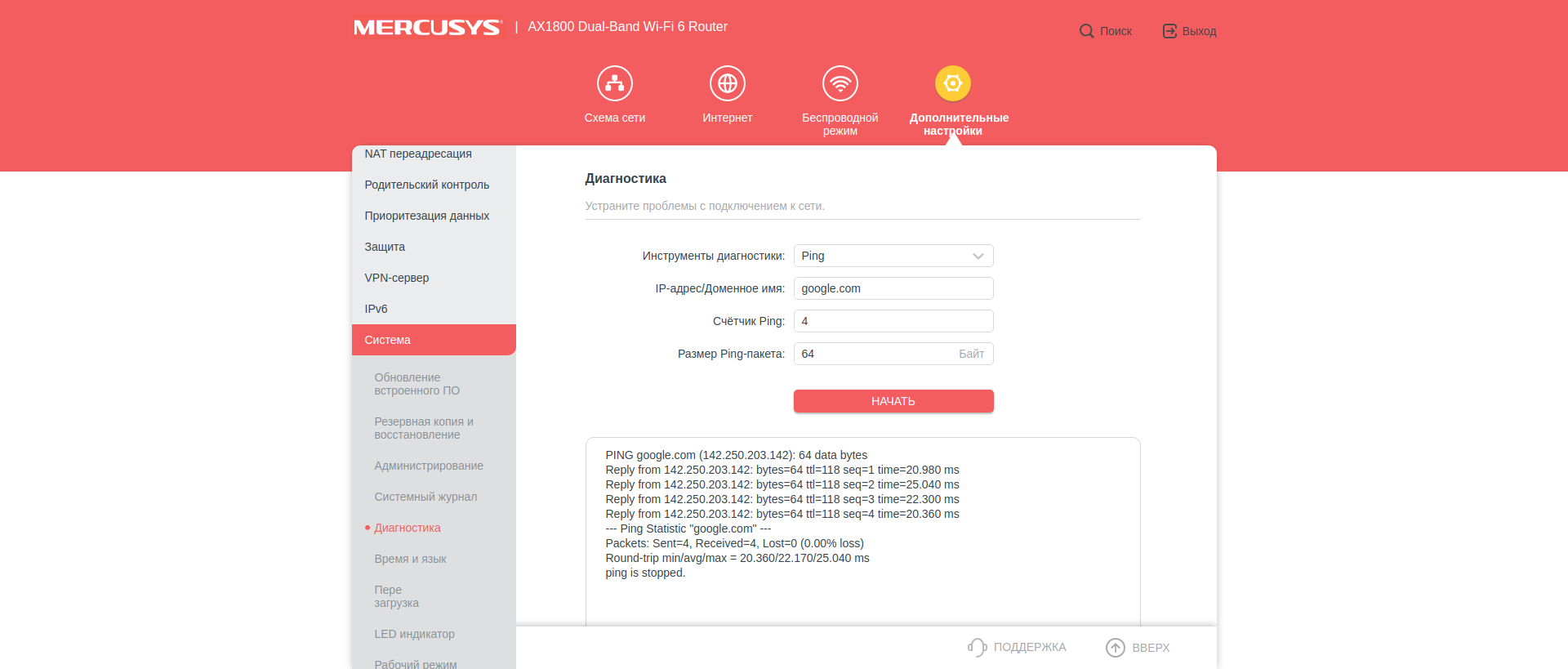
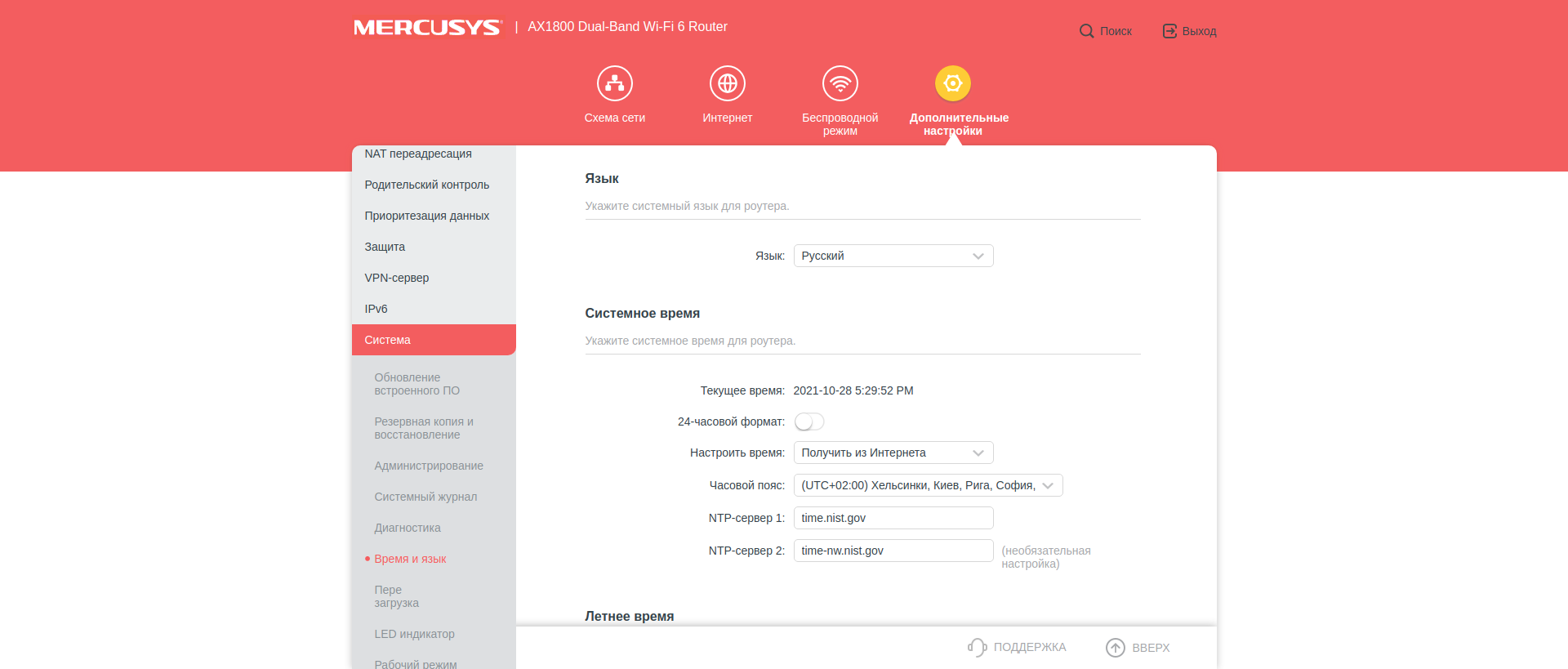
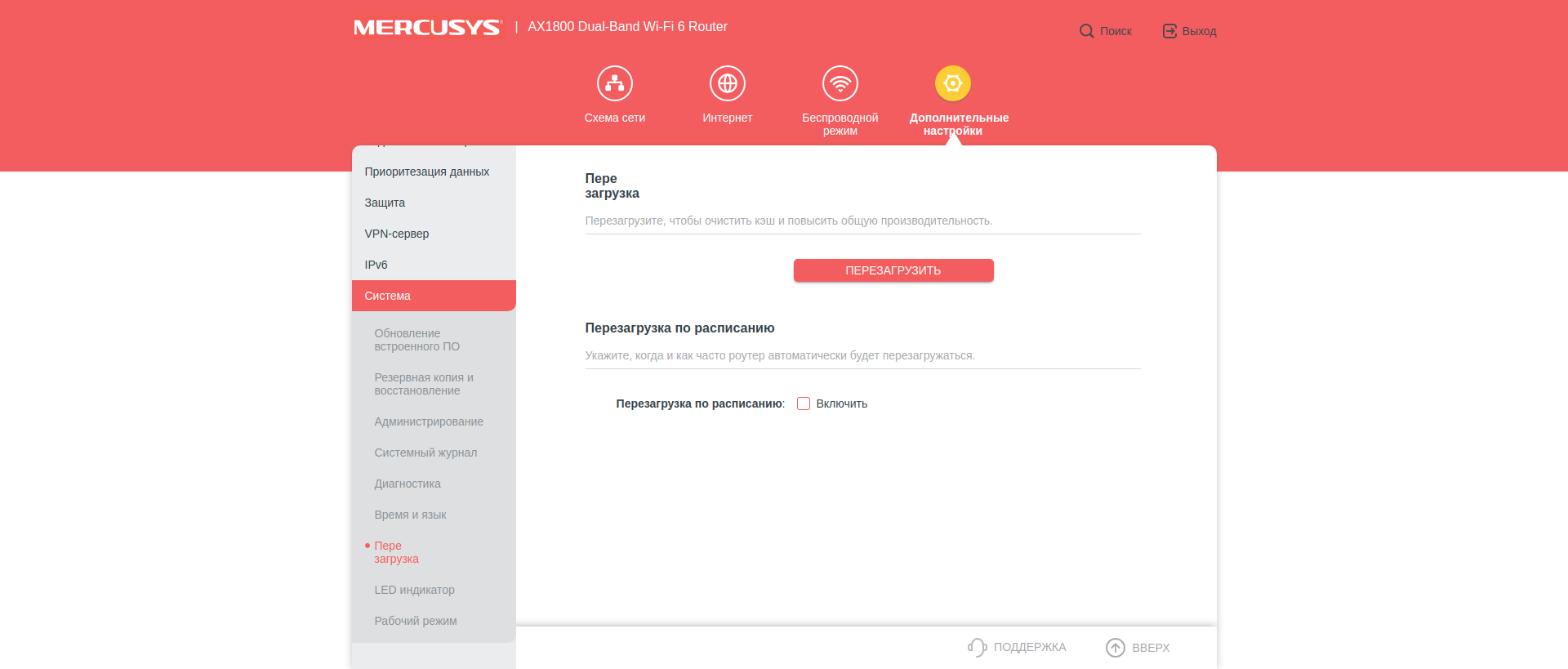
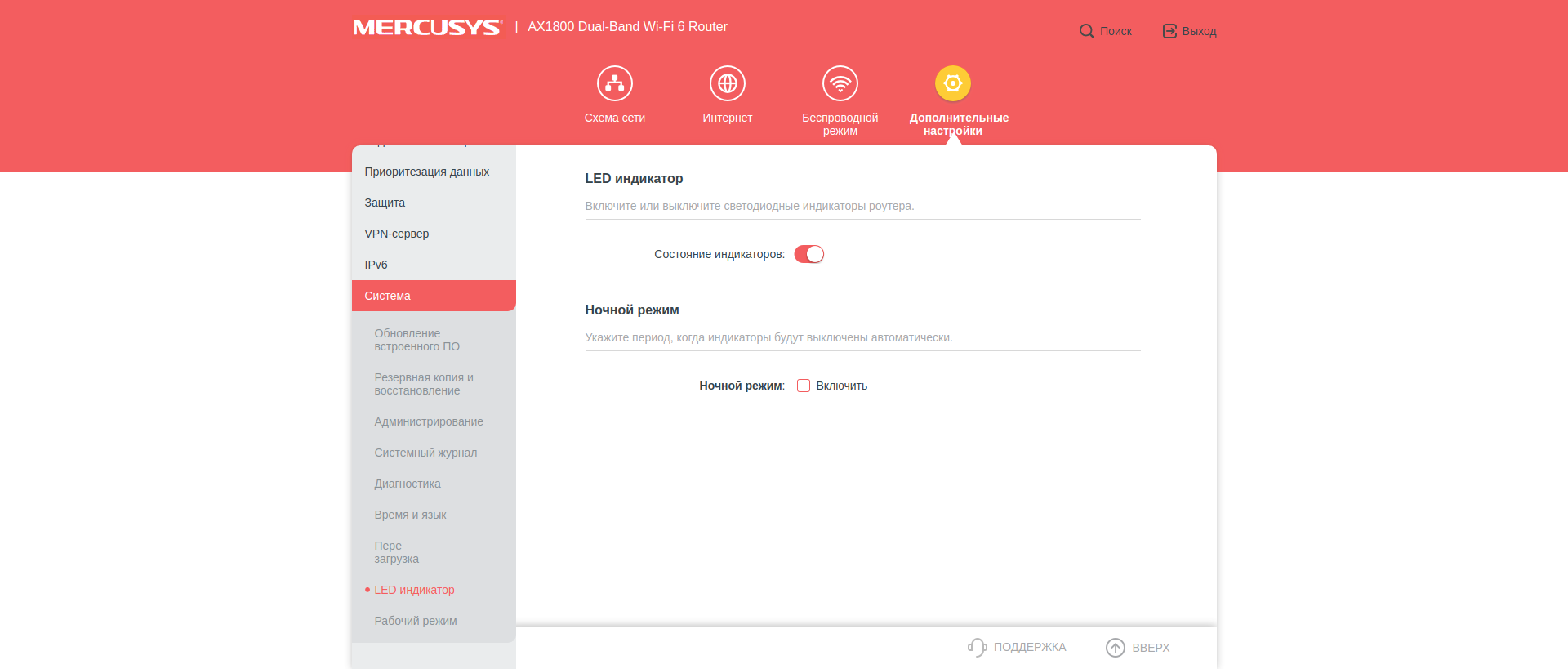
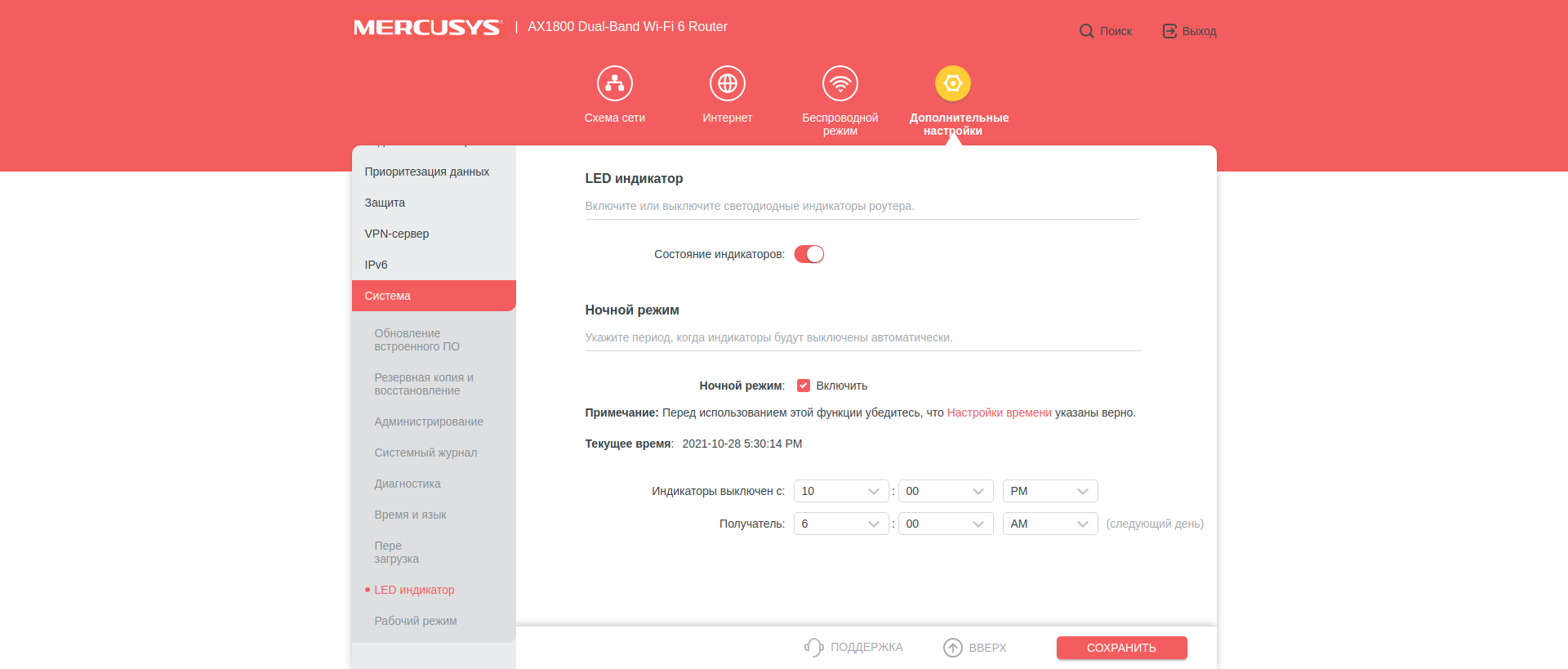
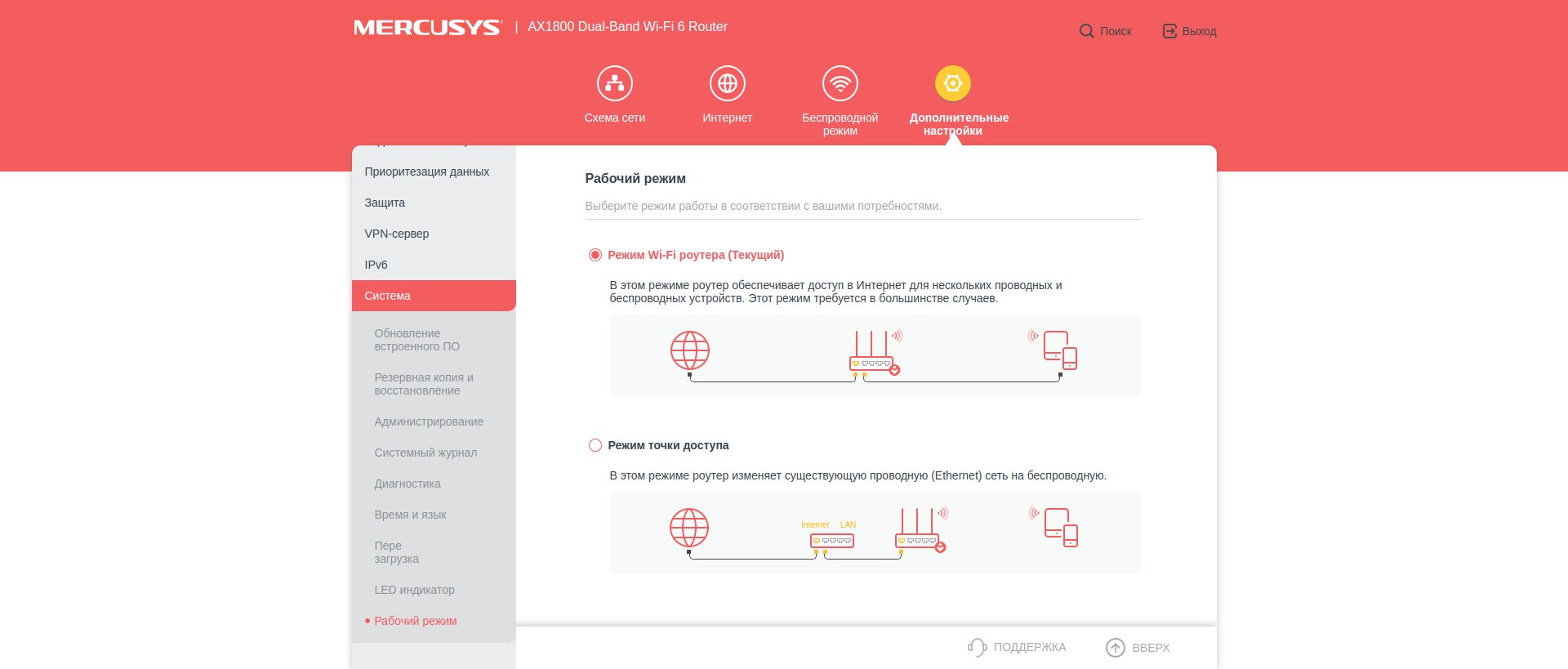
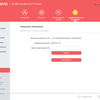
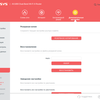
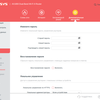
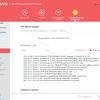

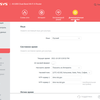

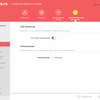
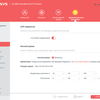

What about speed?
Mercusys MR70X is an AX1800 standard router, the sum of maximum speeds in all bands can reach 1800 Mbps. There are only two bands: 5 and 2,4 GHz. In the first, the top speed bar reaches 1201 Mbps, and in the second - 574 Mbps. In the Android benchmark WiFi Speed Test Pro, the coveted number 1201 can only be seen on Wi-Fi 6 enabled devices, the rest are content with lower values. I traditionally run a series of tests on different devices, some of which I've been pulling for several years for compatibility of results. Interestingly, the MR70X works great with the older smartphones, in smartphone-to-smartphone tests in TCP mode the results are comparable with the flagship router models. However, the tests on the newest Wi-Fi 6 hardware are also decent. The actual average network speed in the 5 GHz range in my tests was 899 Mbps. Of course, this is less than the theoretical maximum, but conditions were far from greenhouse either.
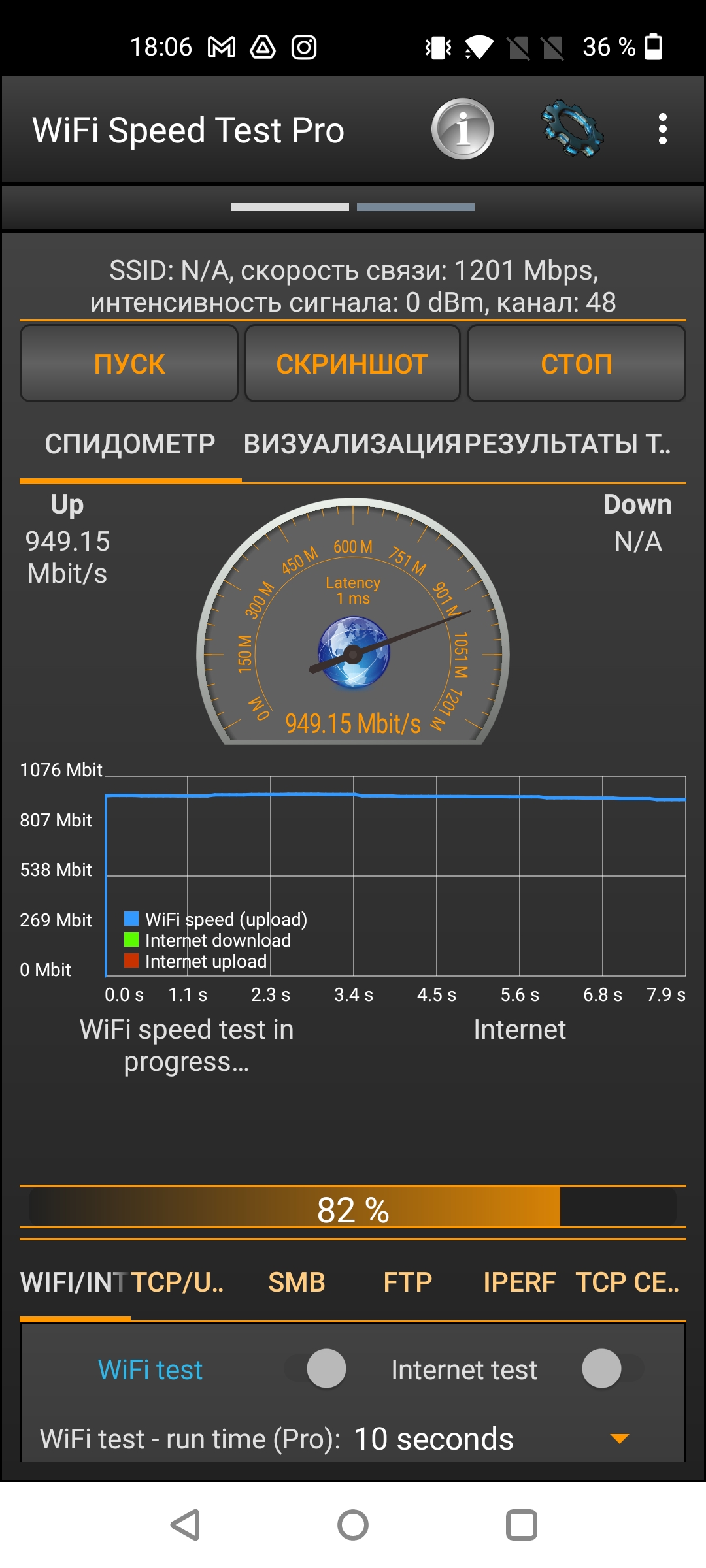
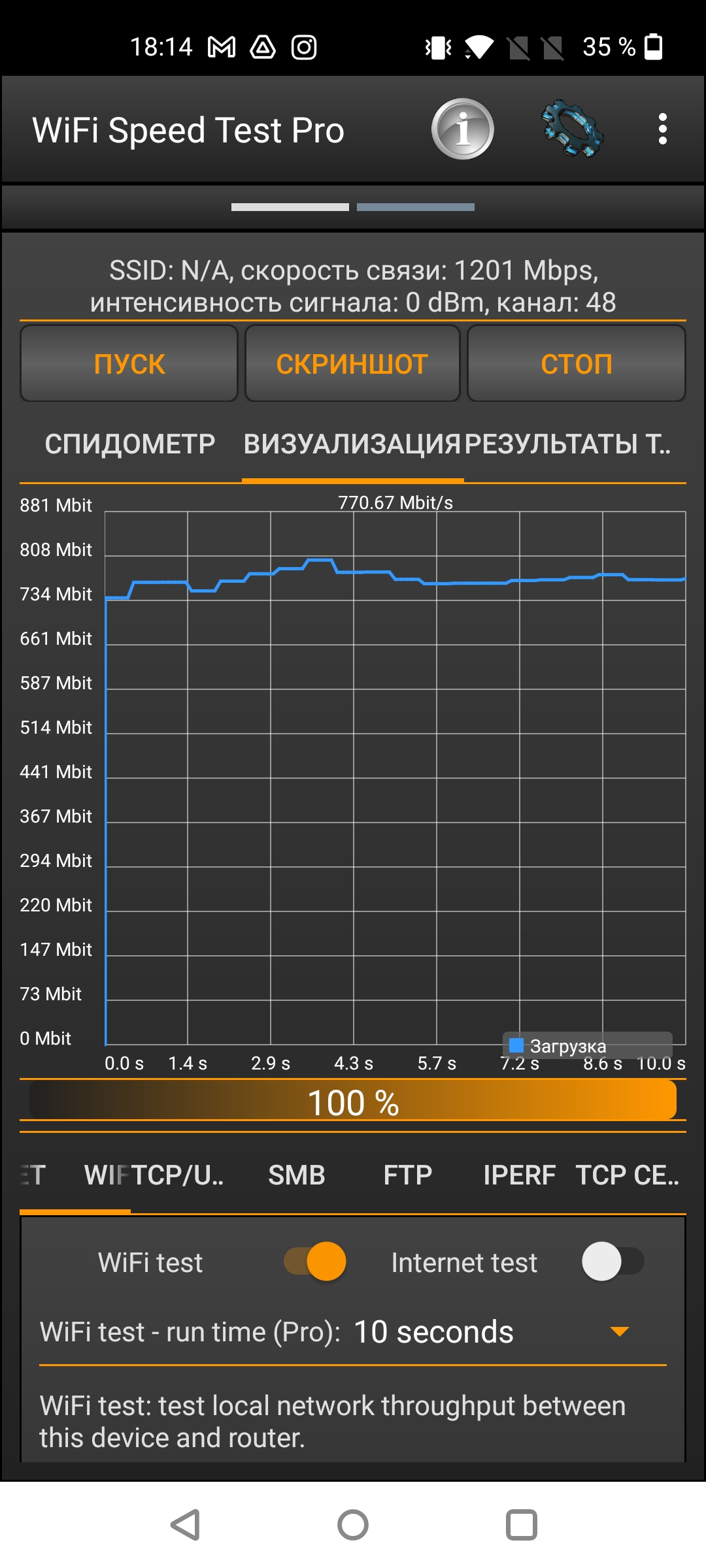

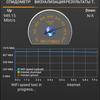
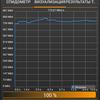

Three things to know about the Mercusys MR70X:
- is the most affordable router with Wi-Fi 6 on the Ukrainian market;
- provides good connection speed, but the LAN ports are only three;
- has a convenient and functional control panel and has no USB support.
For those who want to know more
- TP-Link Archer AX10 review: router with Wi-Fi 6 cheaper than 2000 UAH
- TP-Link Archer AX73 Review: Gigabit Router with Wi-Fi 6 for Smart Home
- TP-Link Archer AX6000 review: top-end router with Wi-Fi 6
- TP-Link Archer AX11000 review: router "to grow" with Wi-Fi 6
- TP-Link Deco X60 Review: Fast and Stylish AX3000 Standard Mesh System
